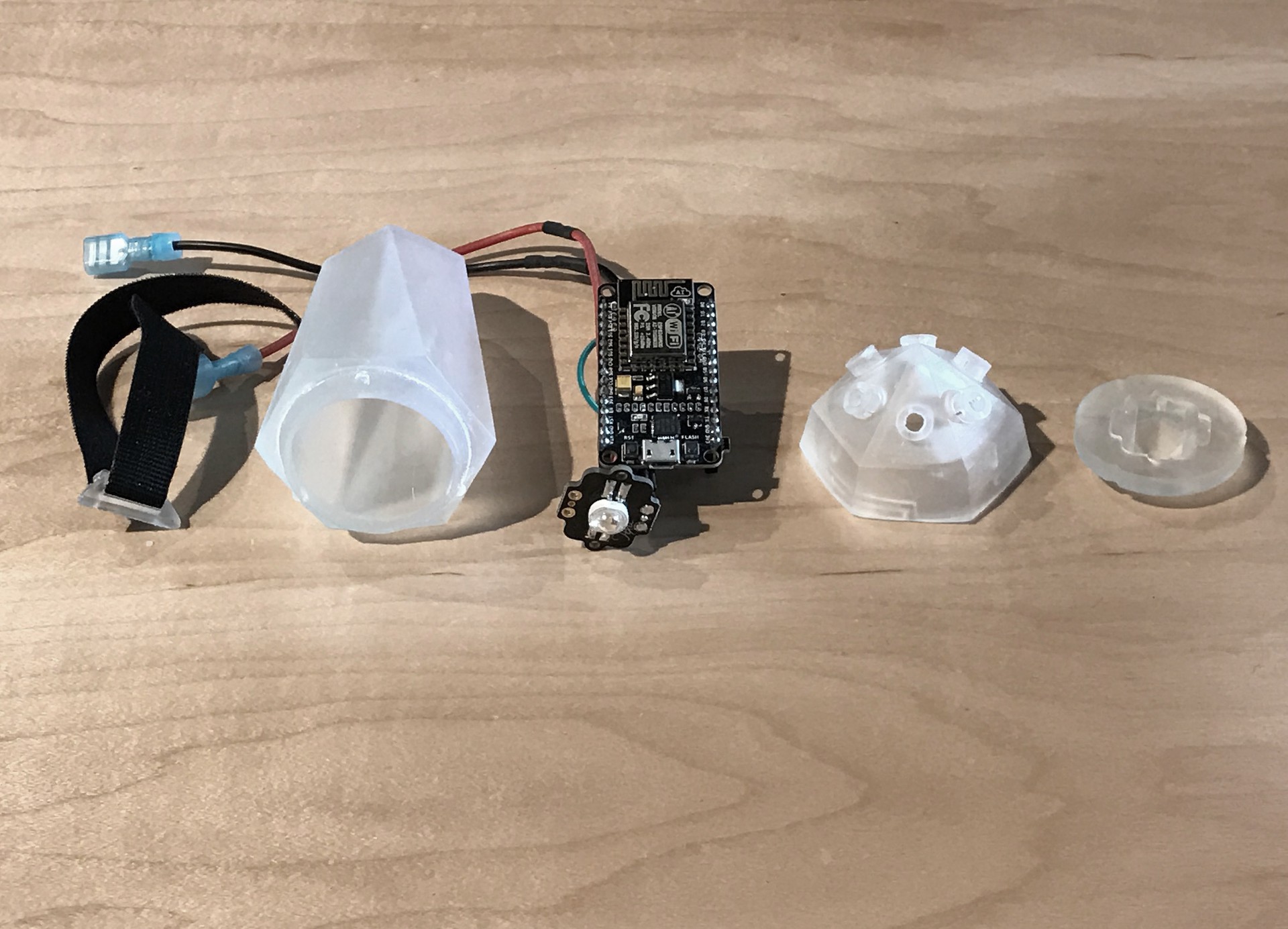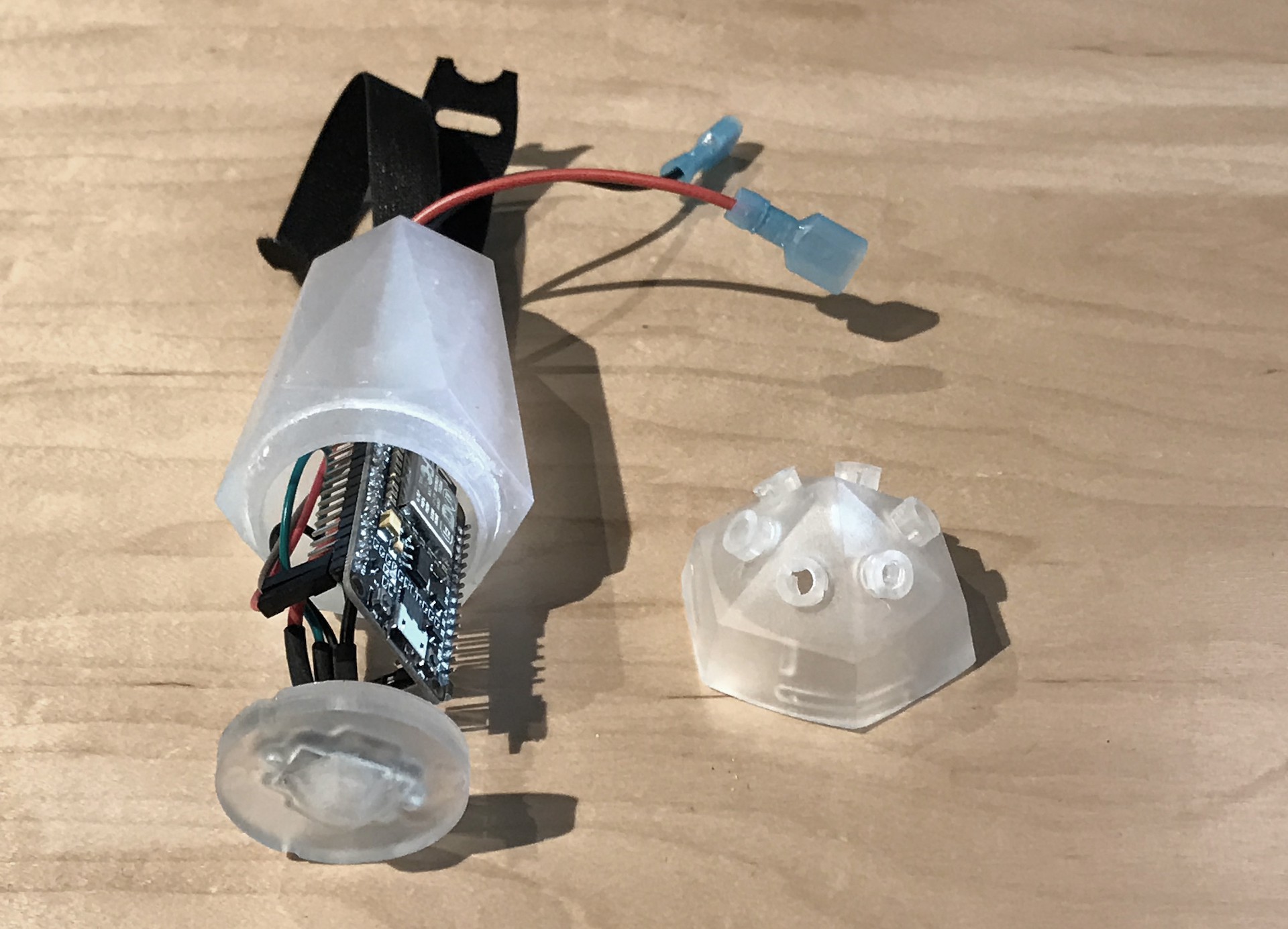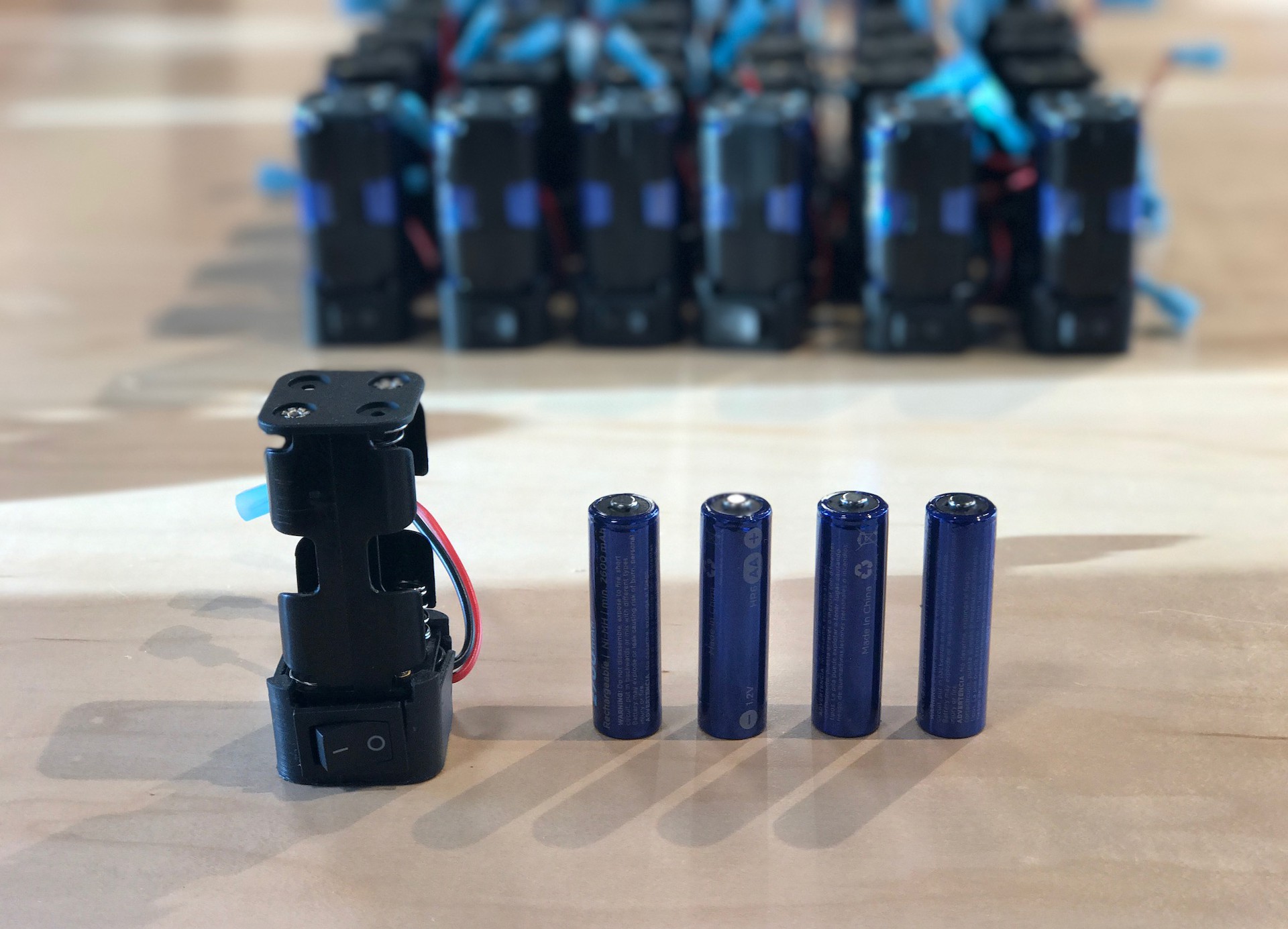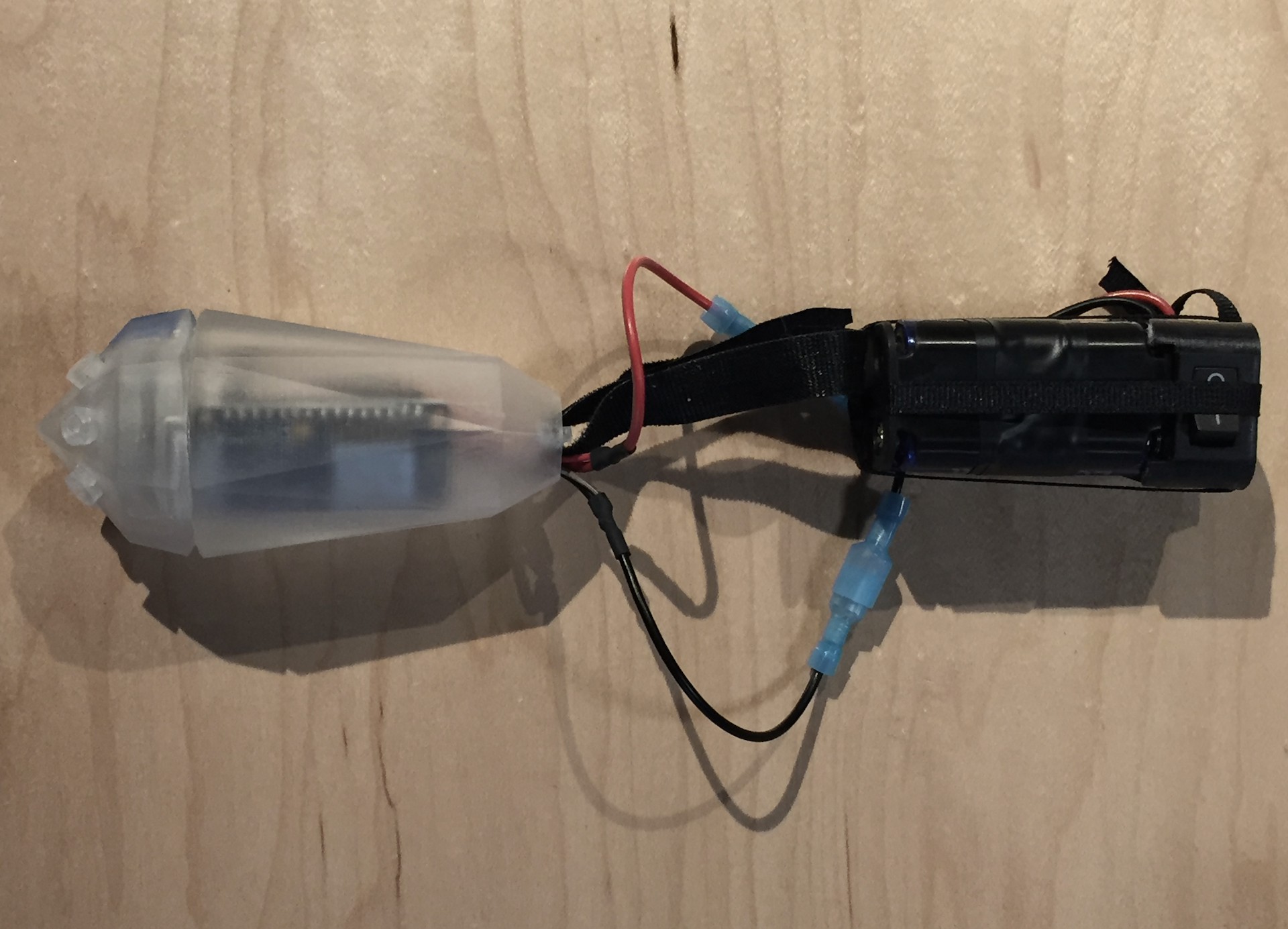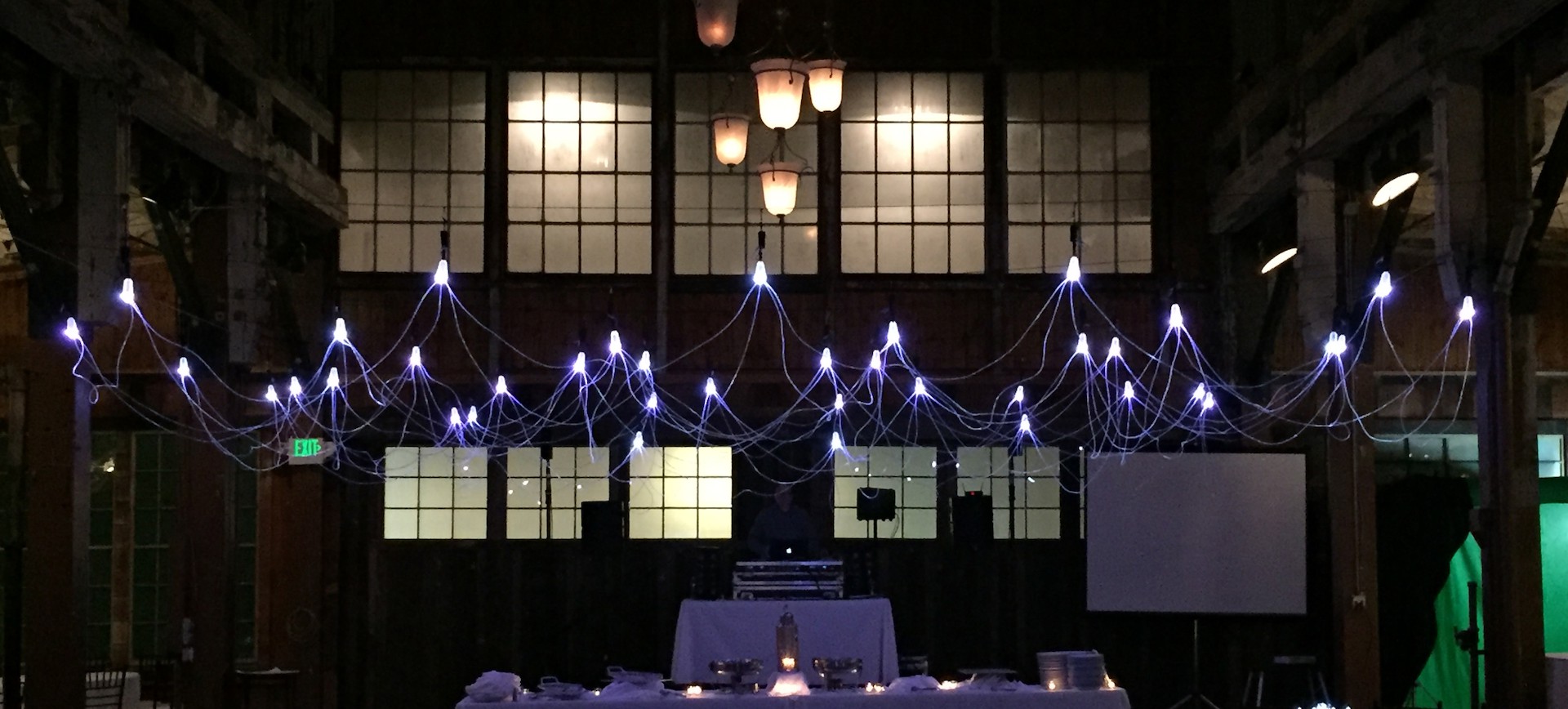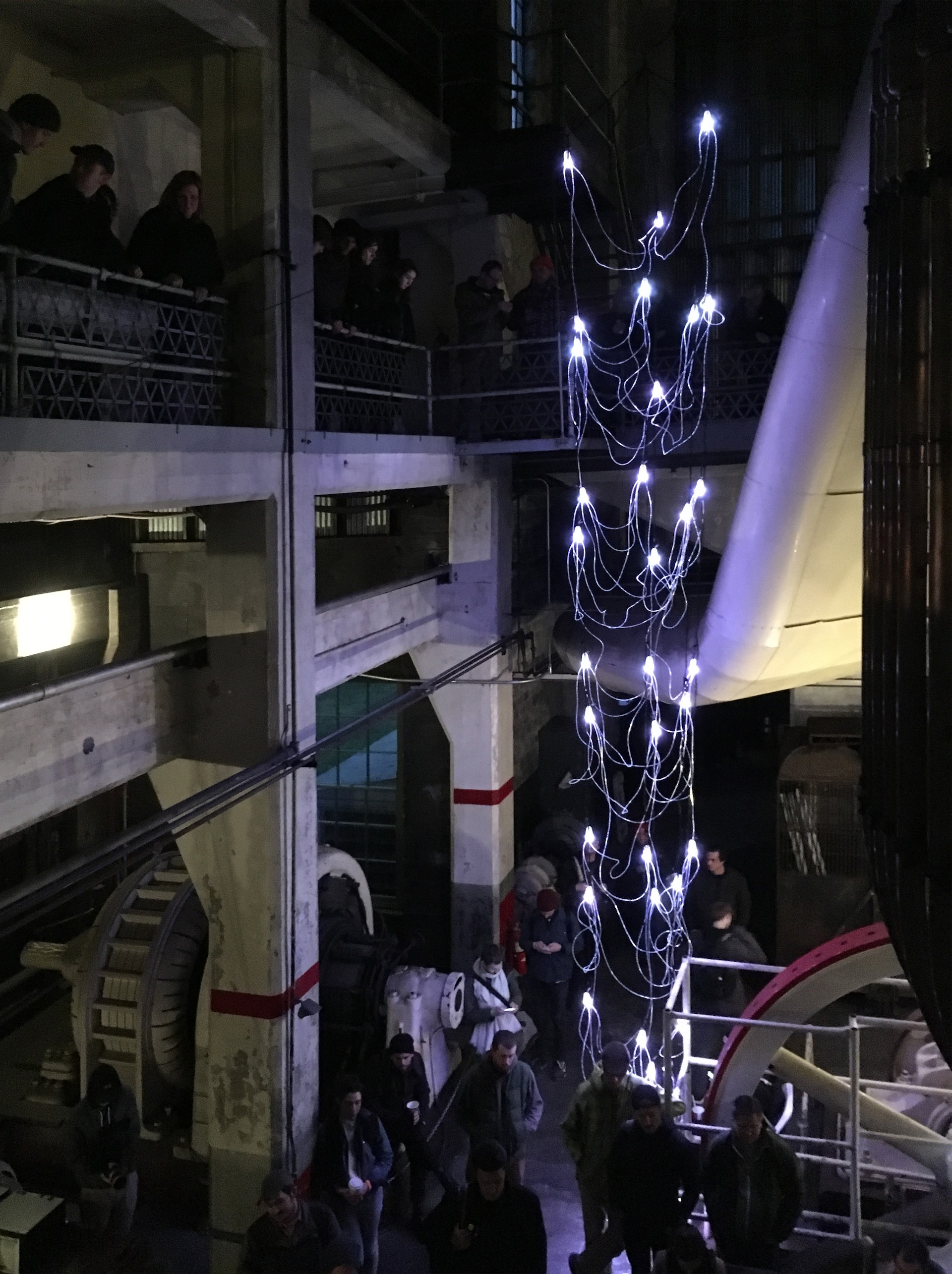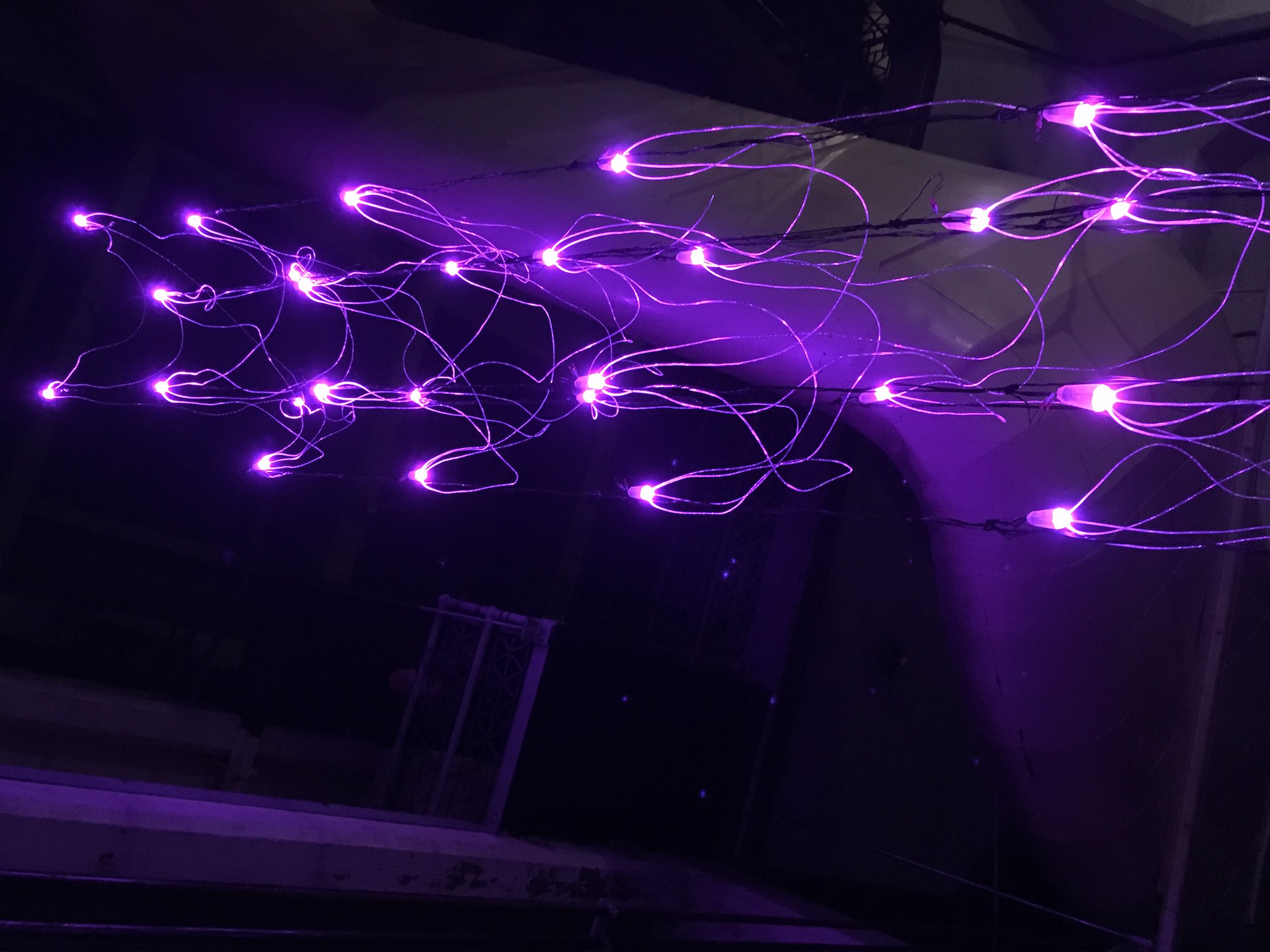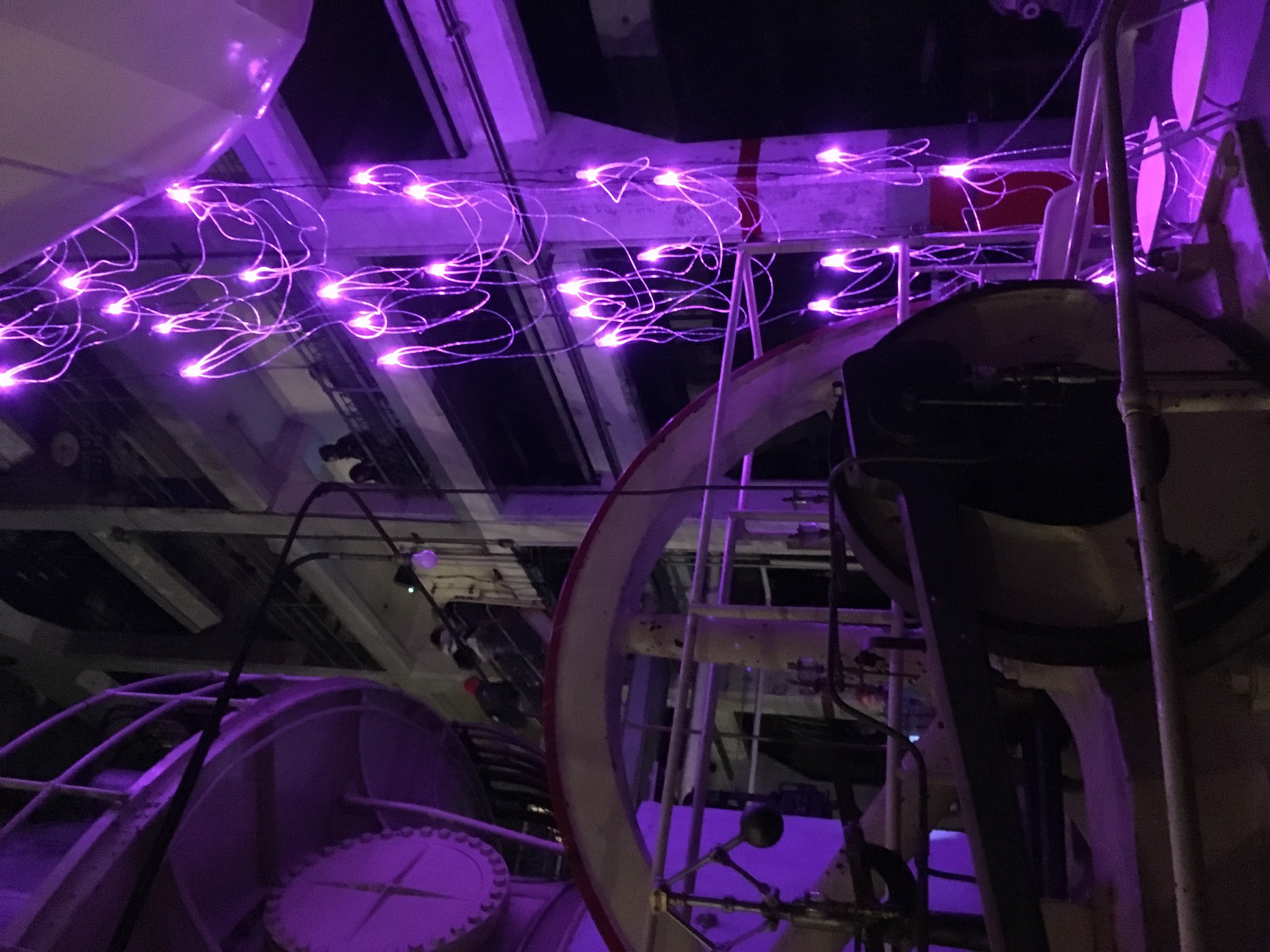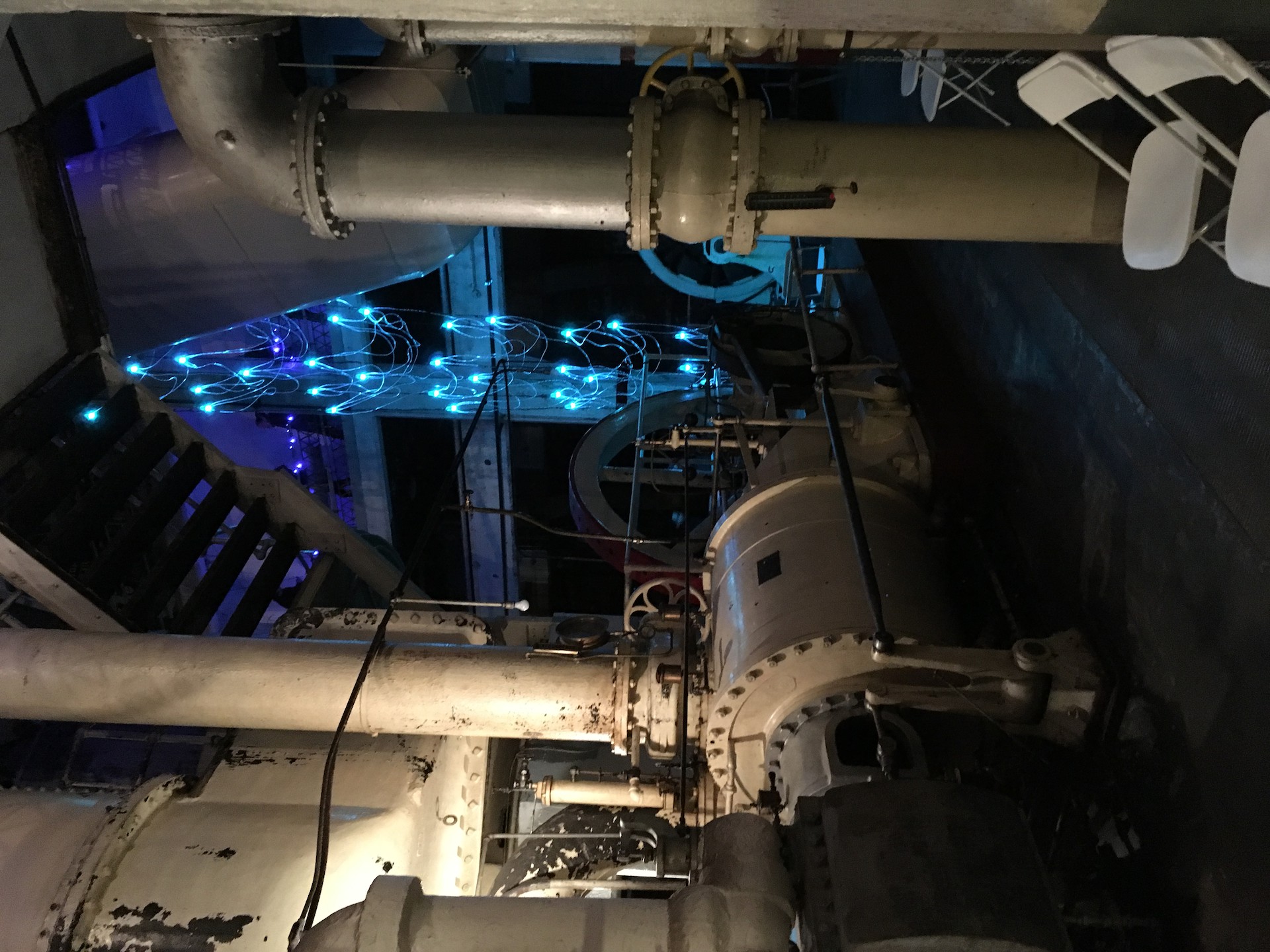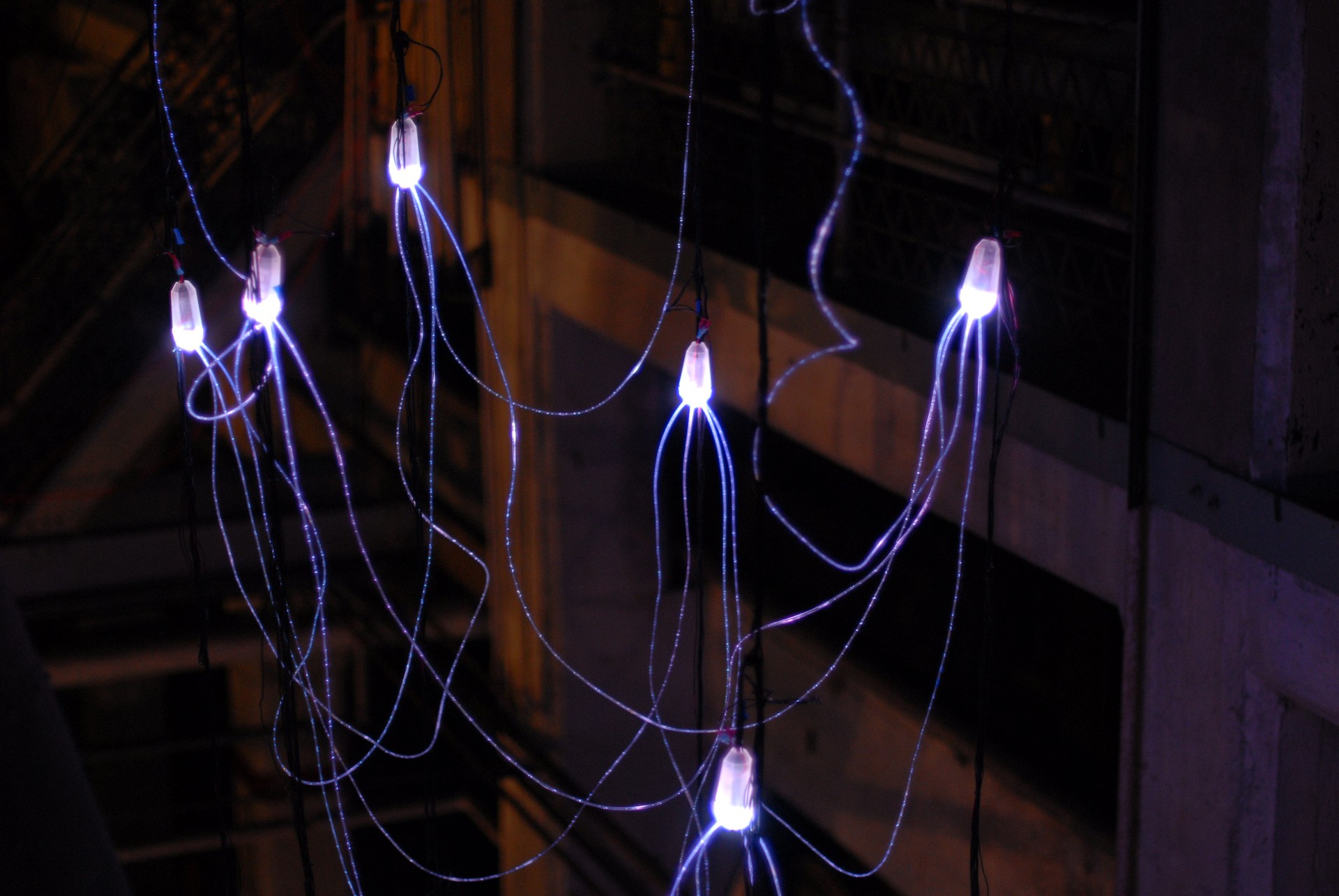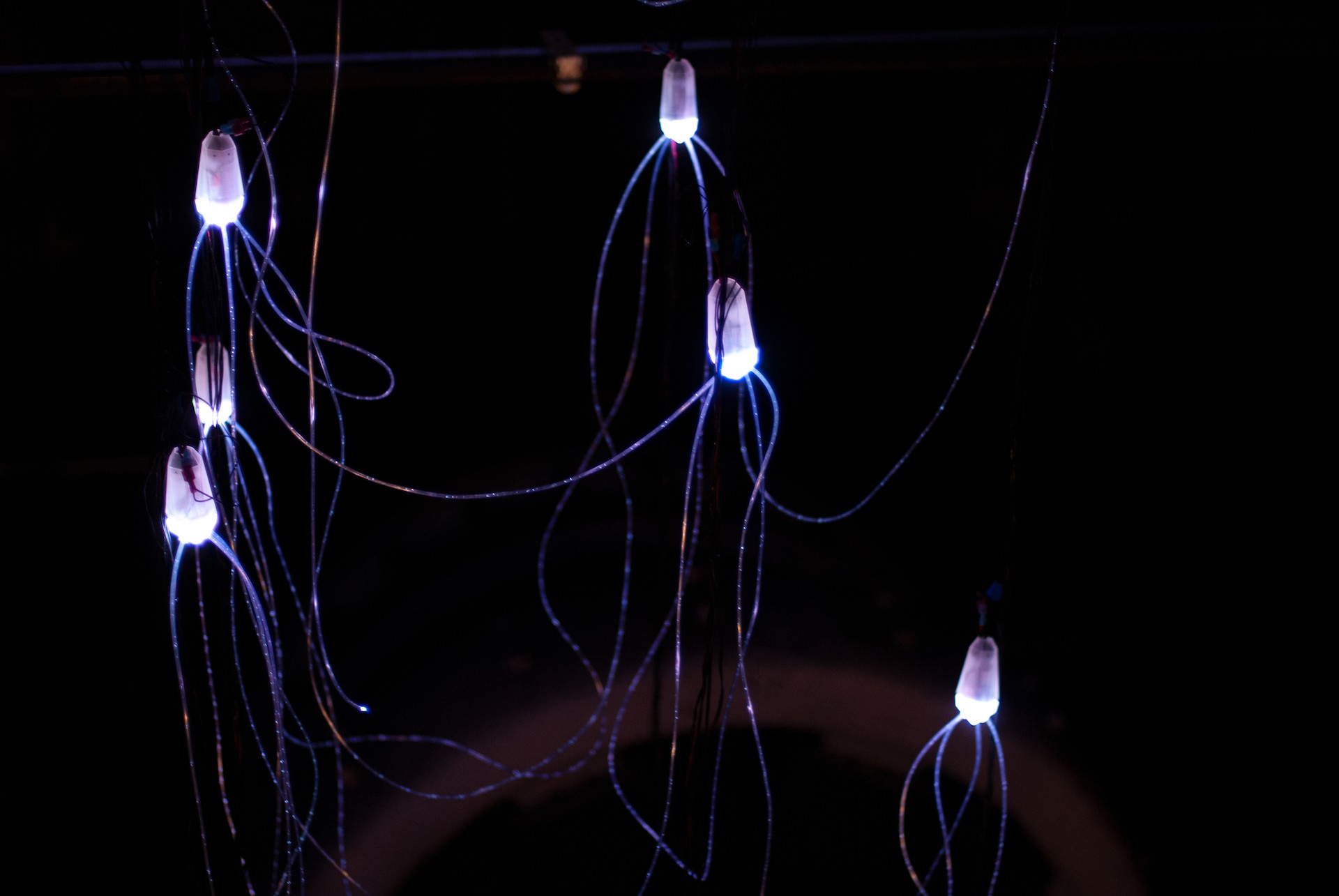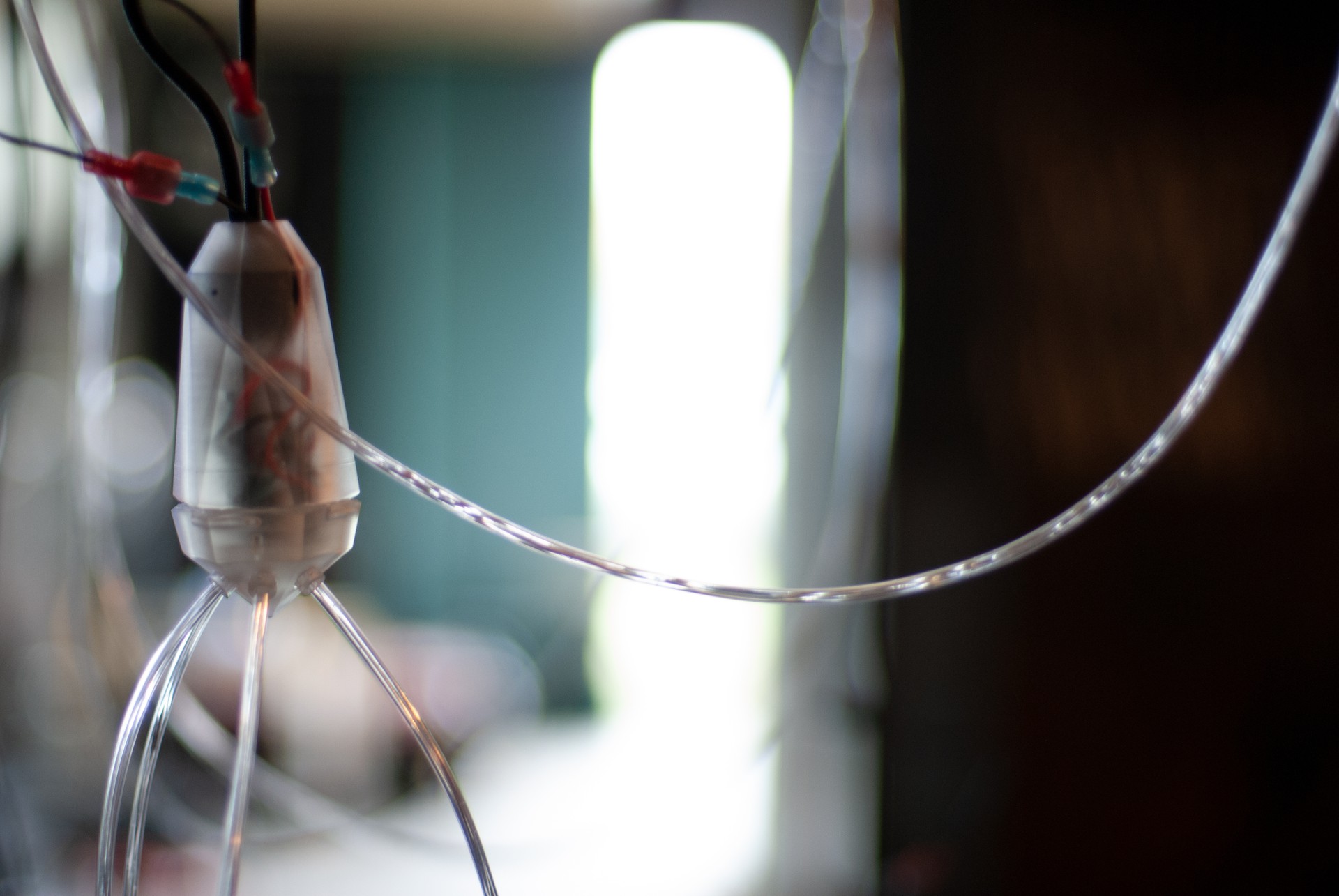ION: Interactive Open Network
Project Credits: LMN (Team: Plamena Milusheva, Scott Crawford, Stephen Van Dyck (partner-in-charge))(Philadelphia)
Photo and Video Credits: LMN
WORKFLOWS
Rhino/Grashopper
Arduino/C++
electronics fabication
3D printing (Formlabs, Ultimaker)
ION (Interactive Open Network) is a research investigation into designing, developing, and building interactive environments. It focuses on a set of iterative experiments developed in order to build understanding of simple systems that allow for the design of environments that respond to their inhabitants. Each experiment is developed as a small-scale installation in order to study the interaction between spaces and their users.
The ION installations each feature a multi-node light element as the responsive output. The way input is collected from people varies based on the location and how people engage with the space. We use a range of sensors as the inputs, which we can translate into any number of light-based effects as the output. With each iteration we layer into the design new elements we are interested in studying, building towards an increasingly complex responsive environment.
In addition to developing the interactive system, the installations are exercises in designing light-touch interventions within existing environment. Each installation activates the space within which it is built, in some cases giving it a new spatial quality and in other cases providing a new focal point for organizing it.
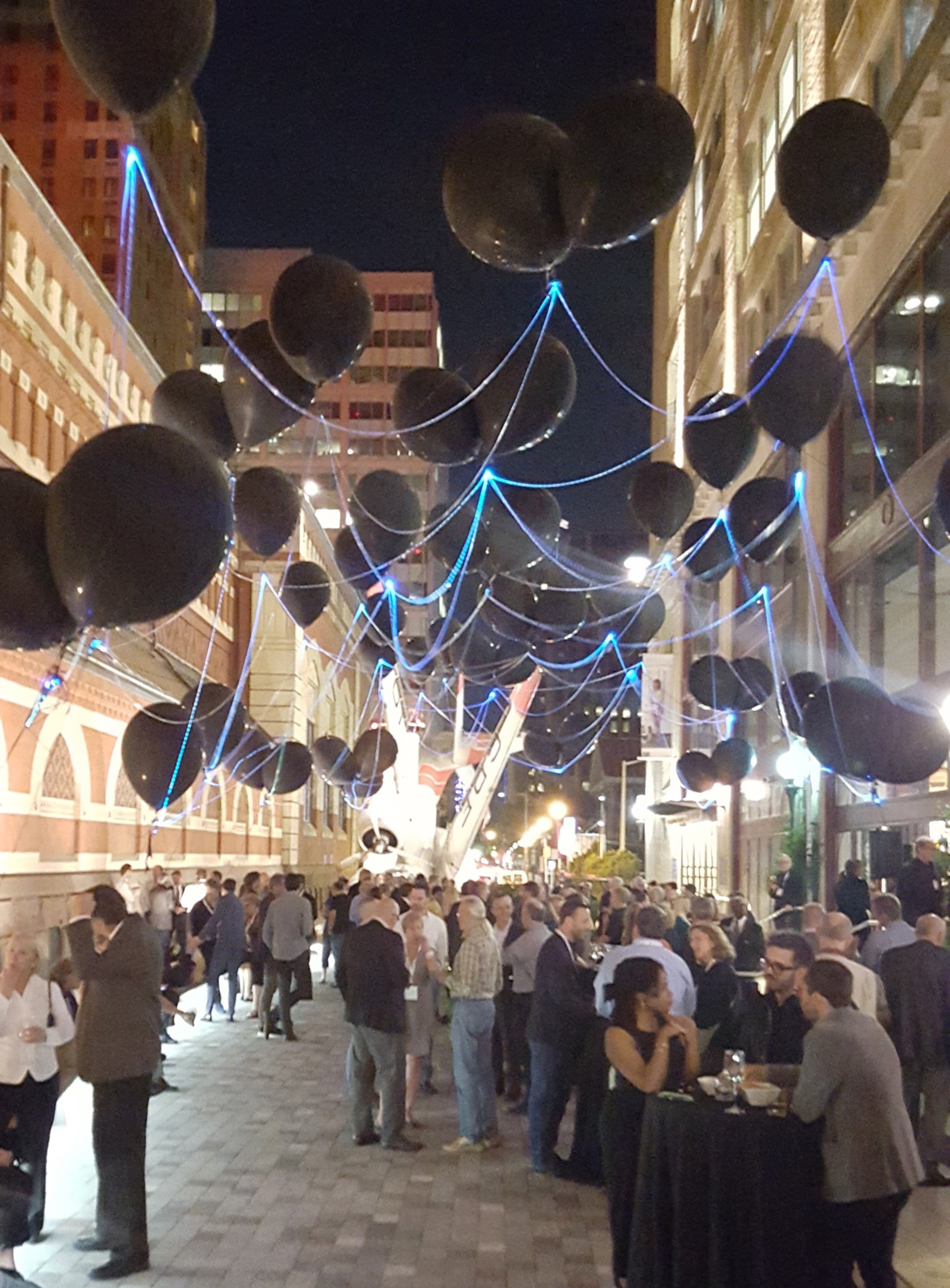
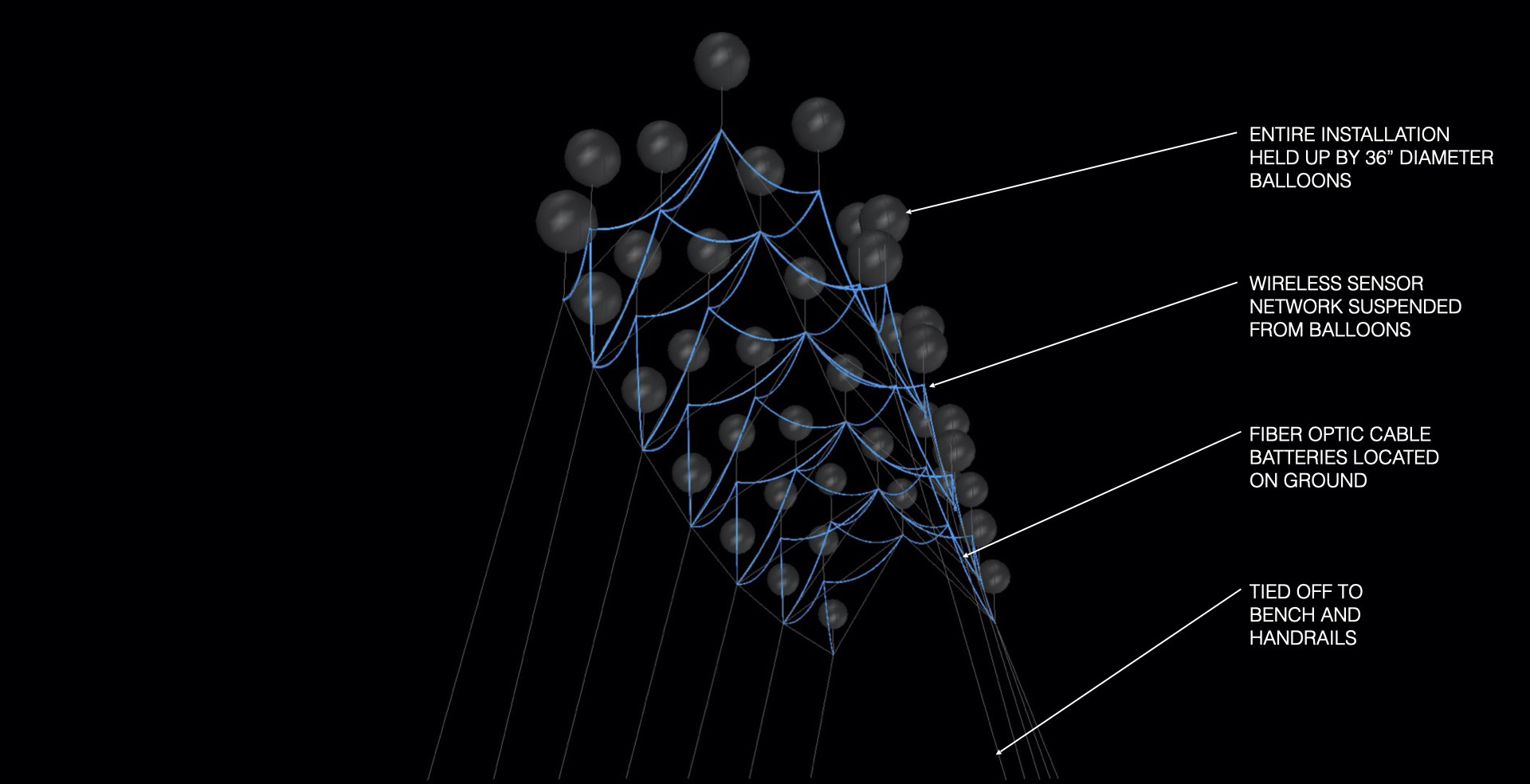
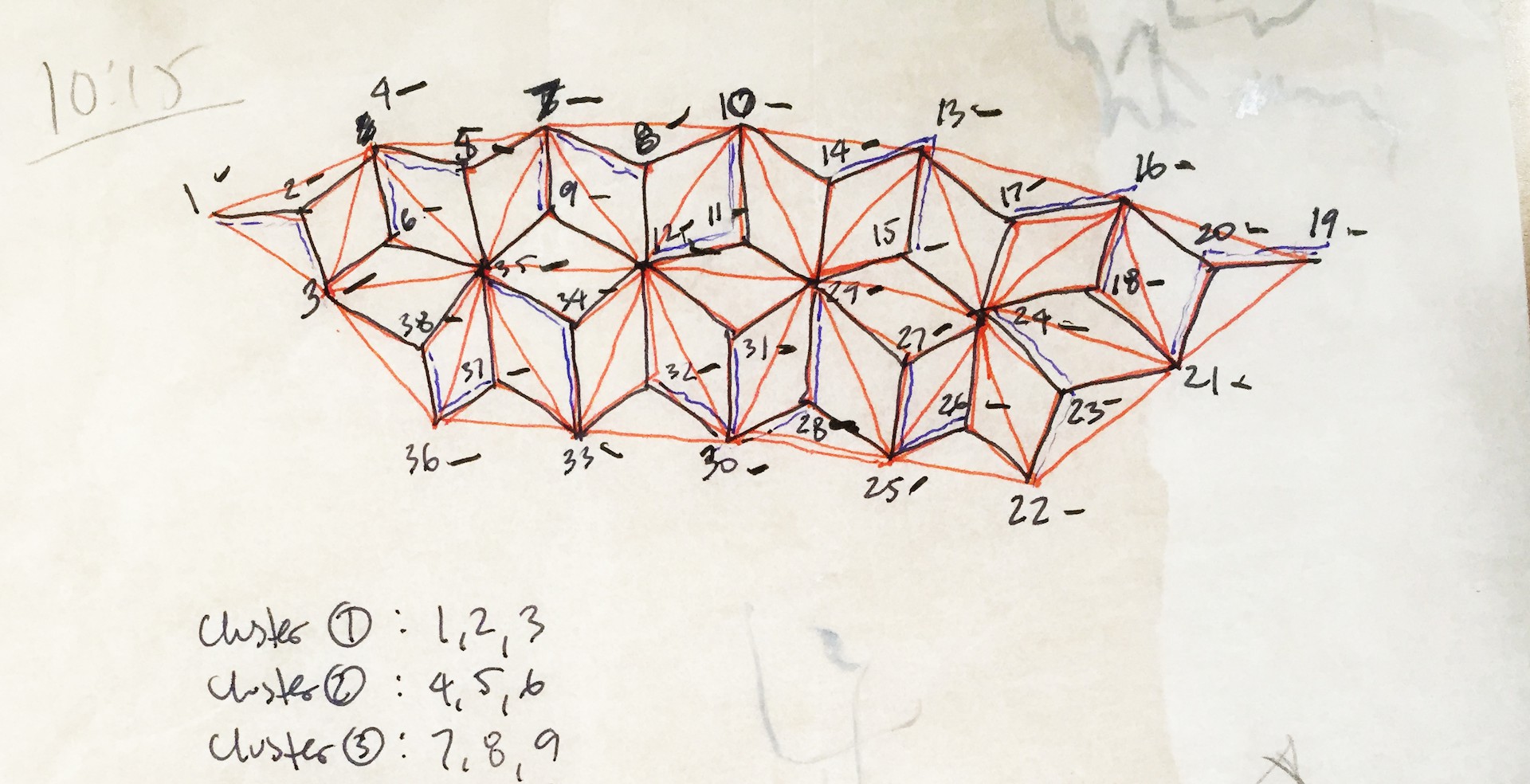
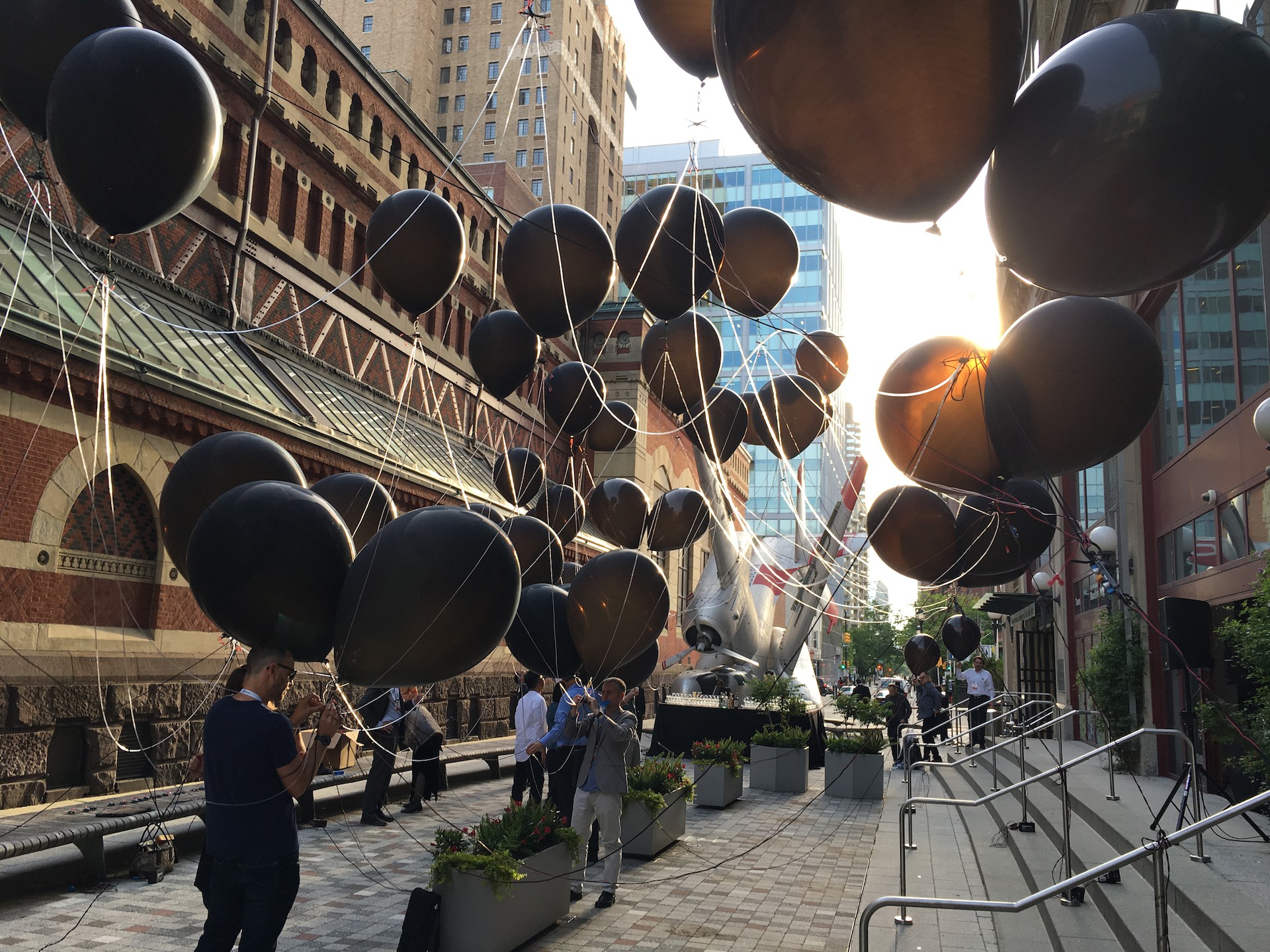
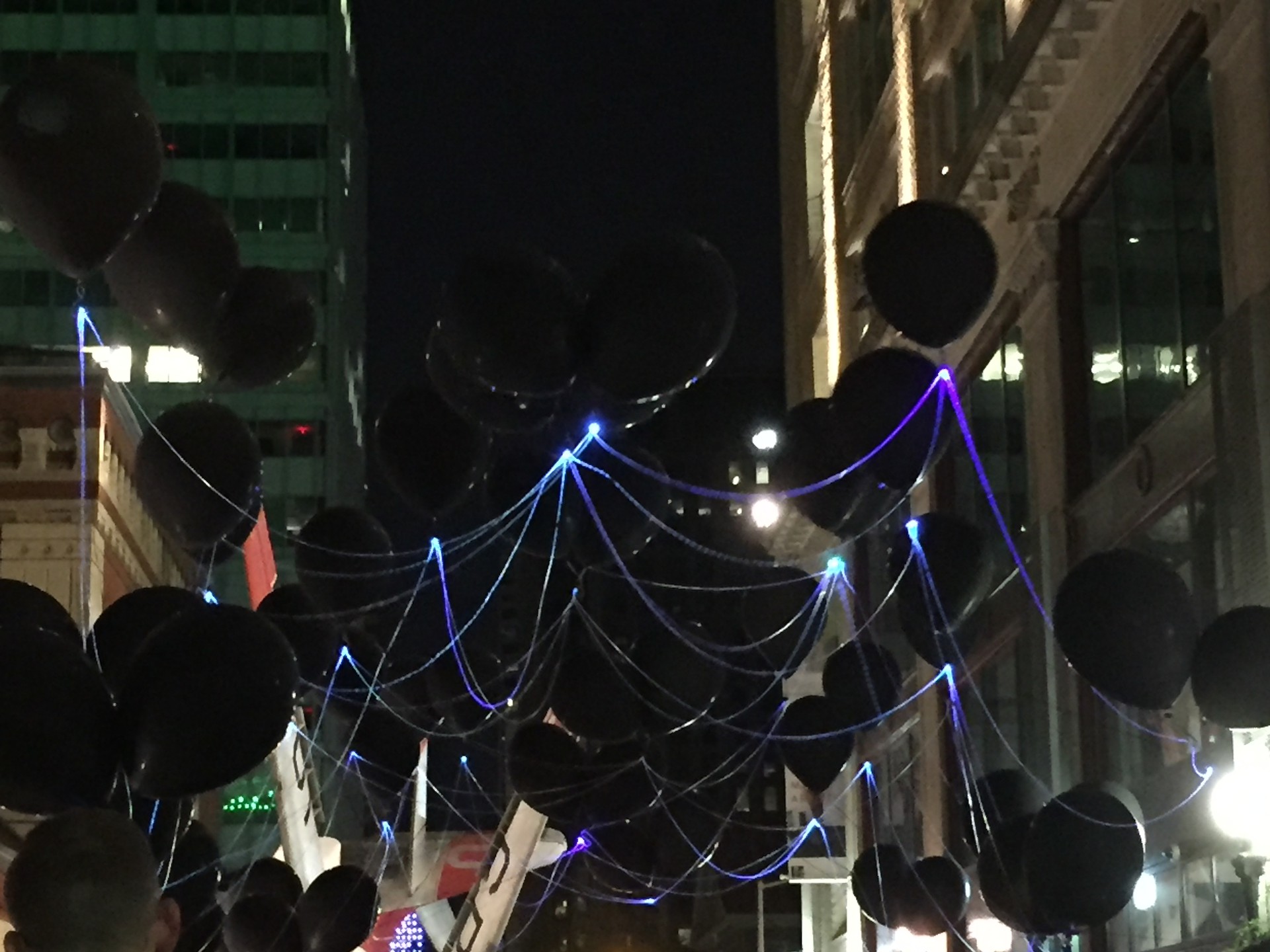
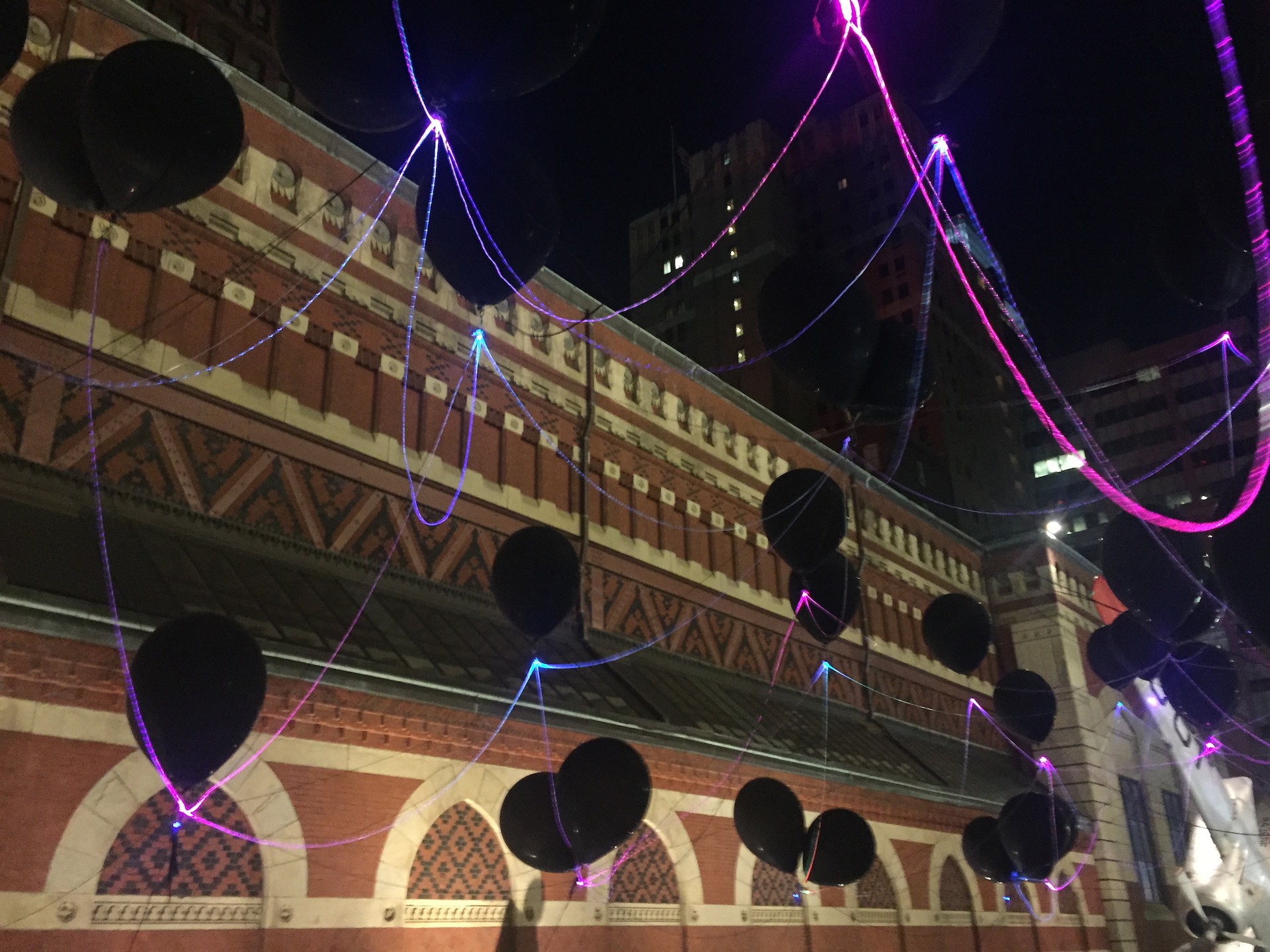
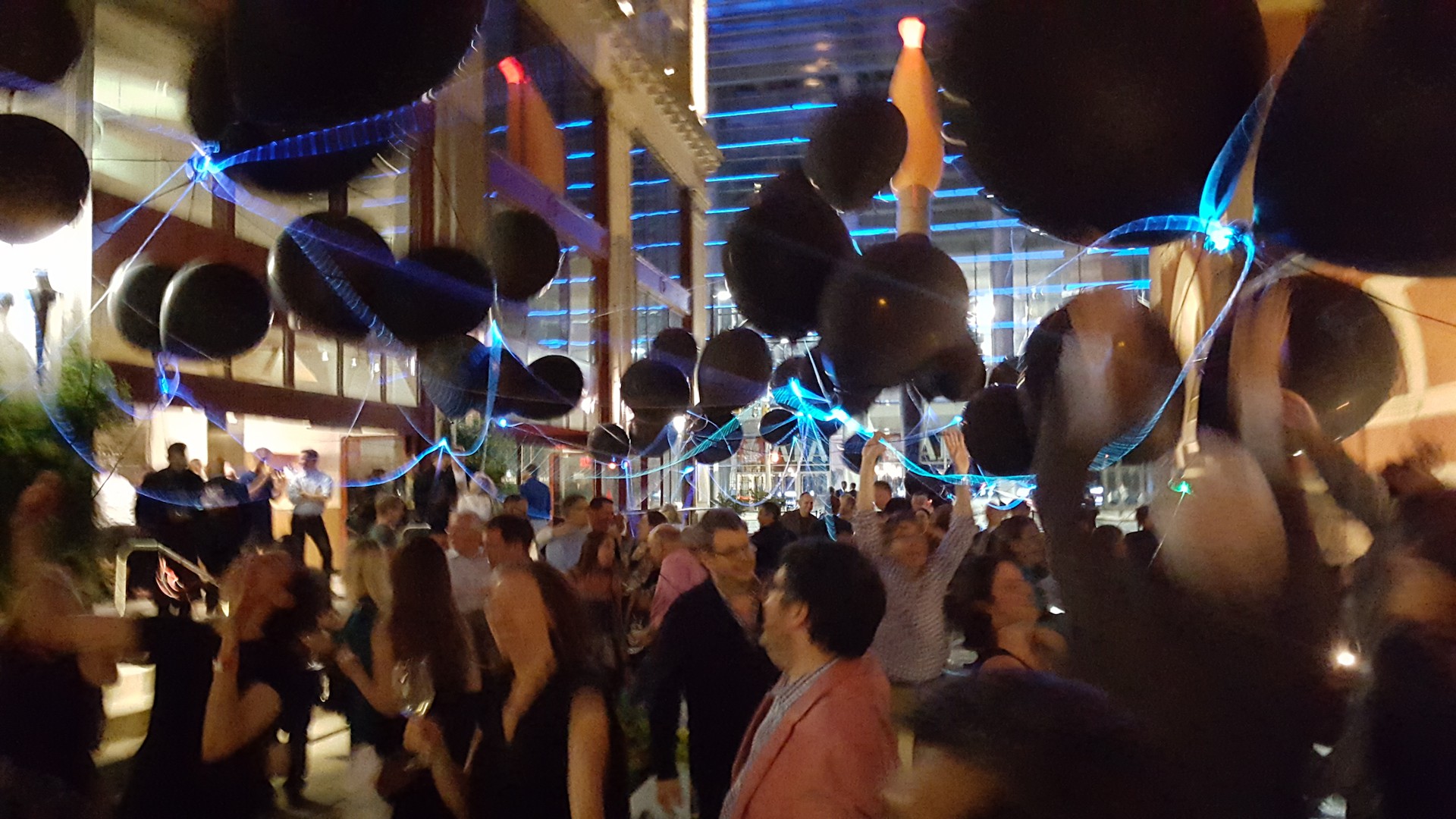
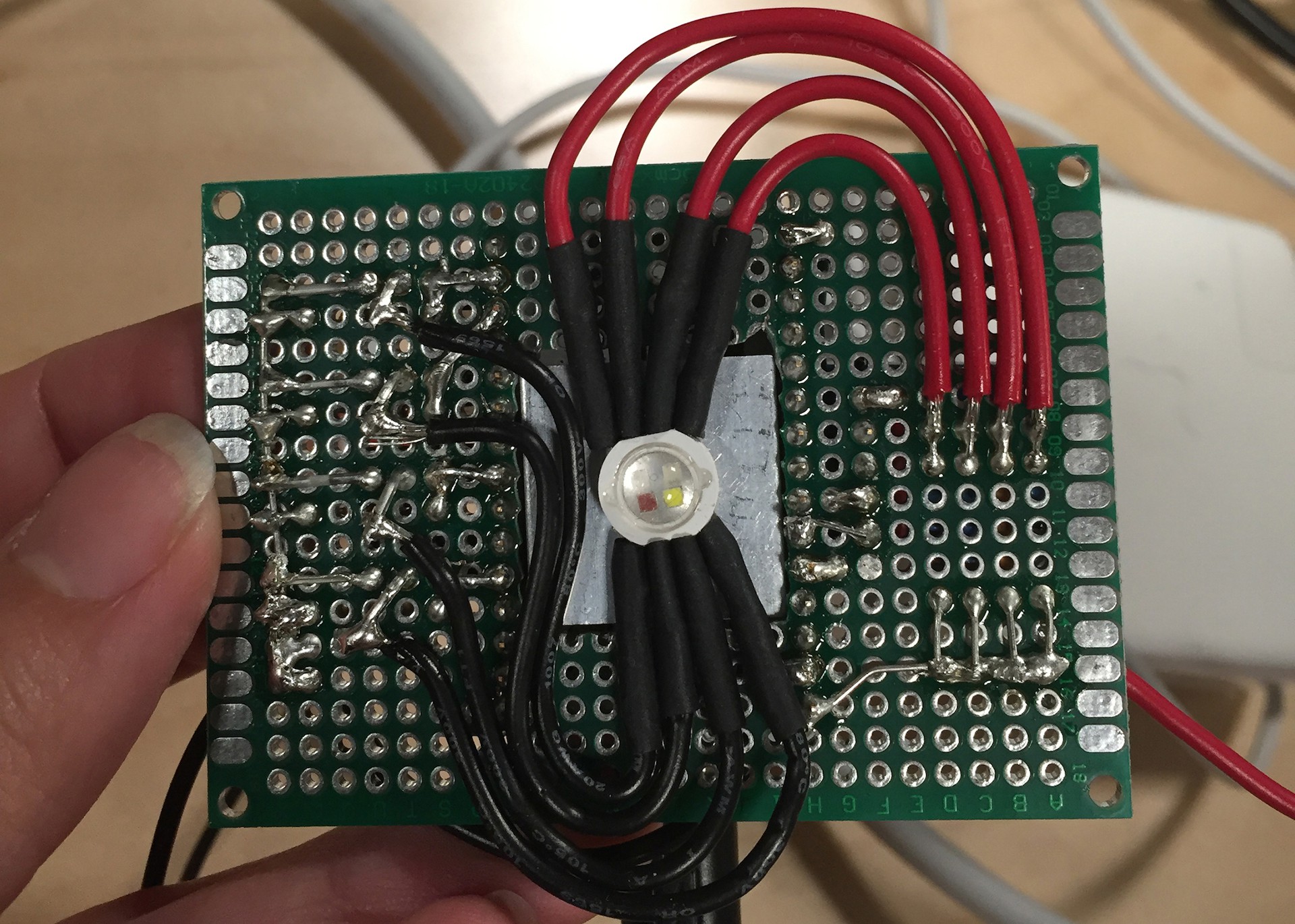
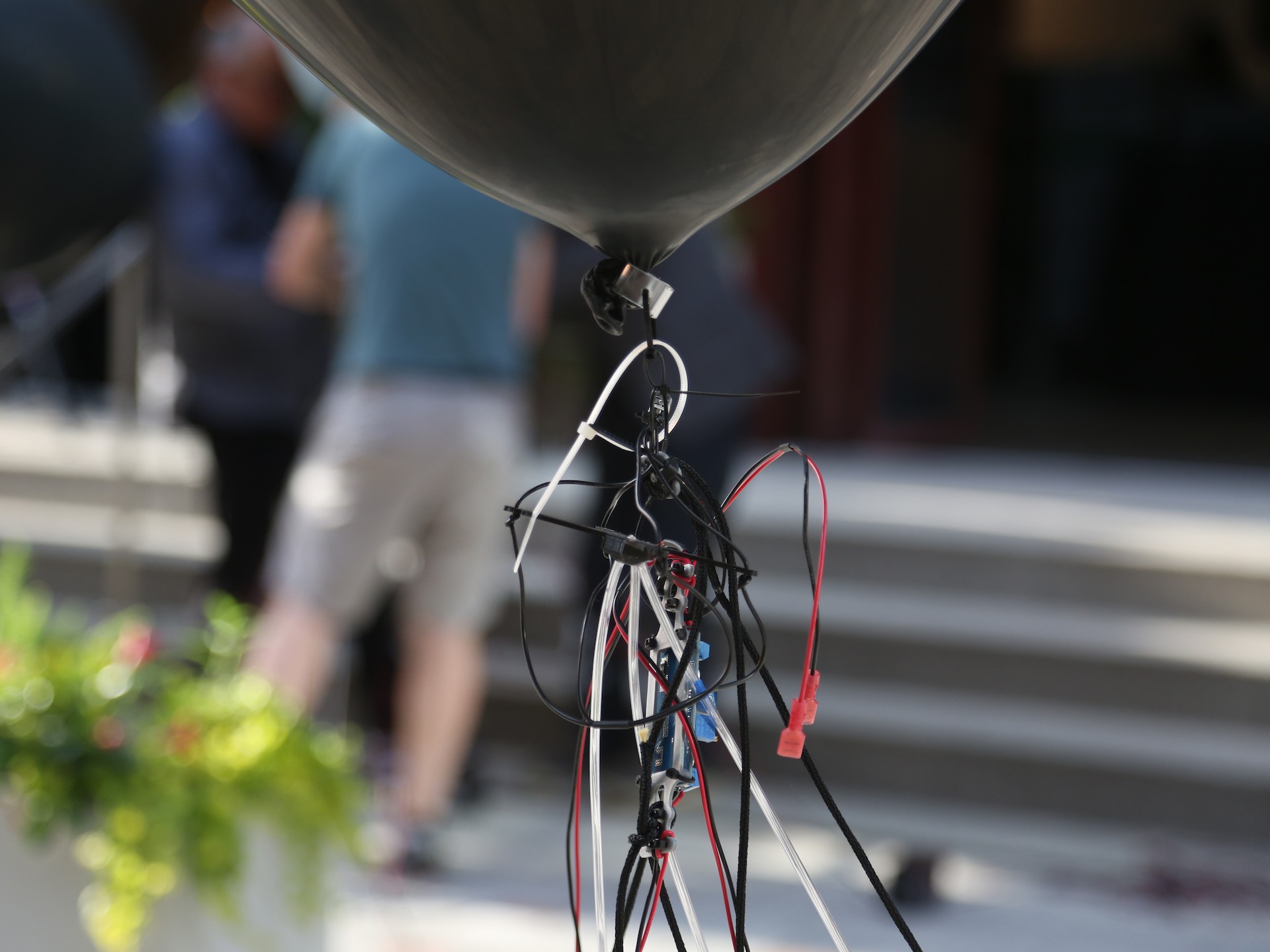
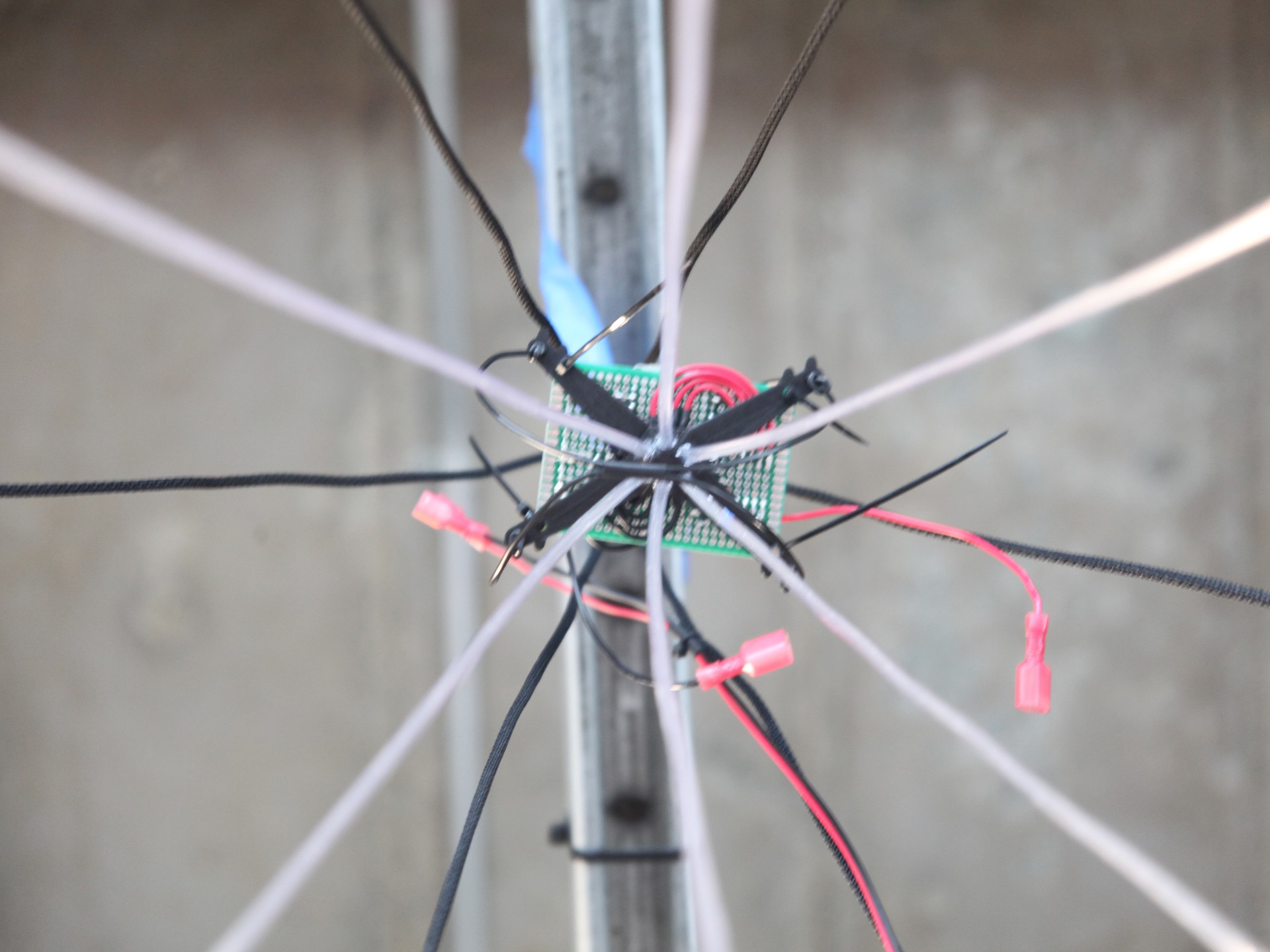


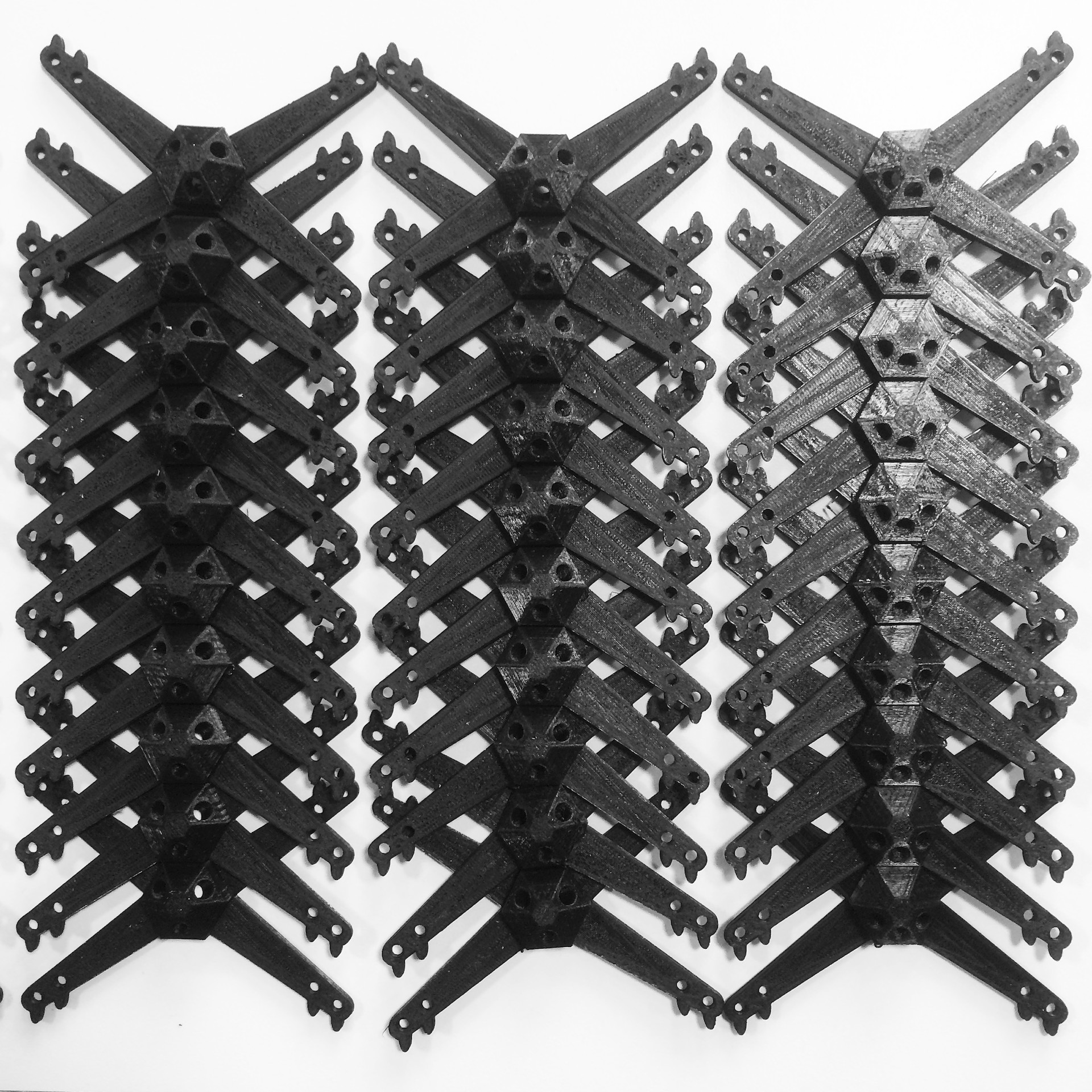
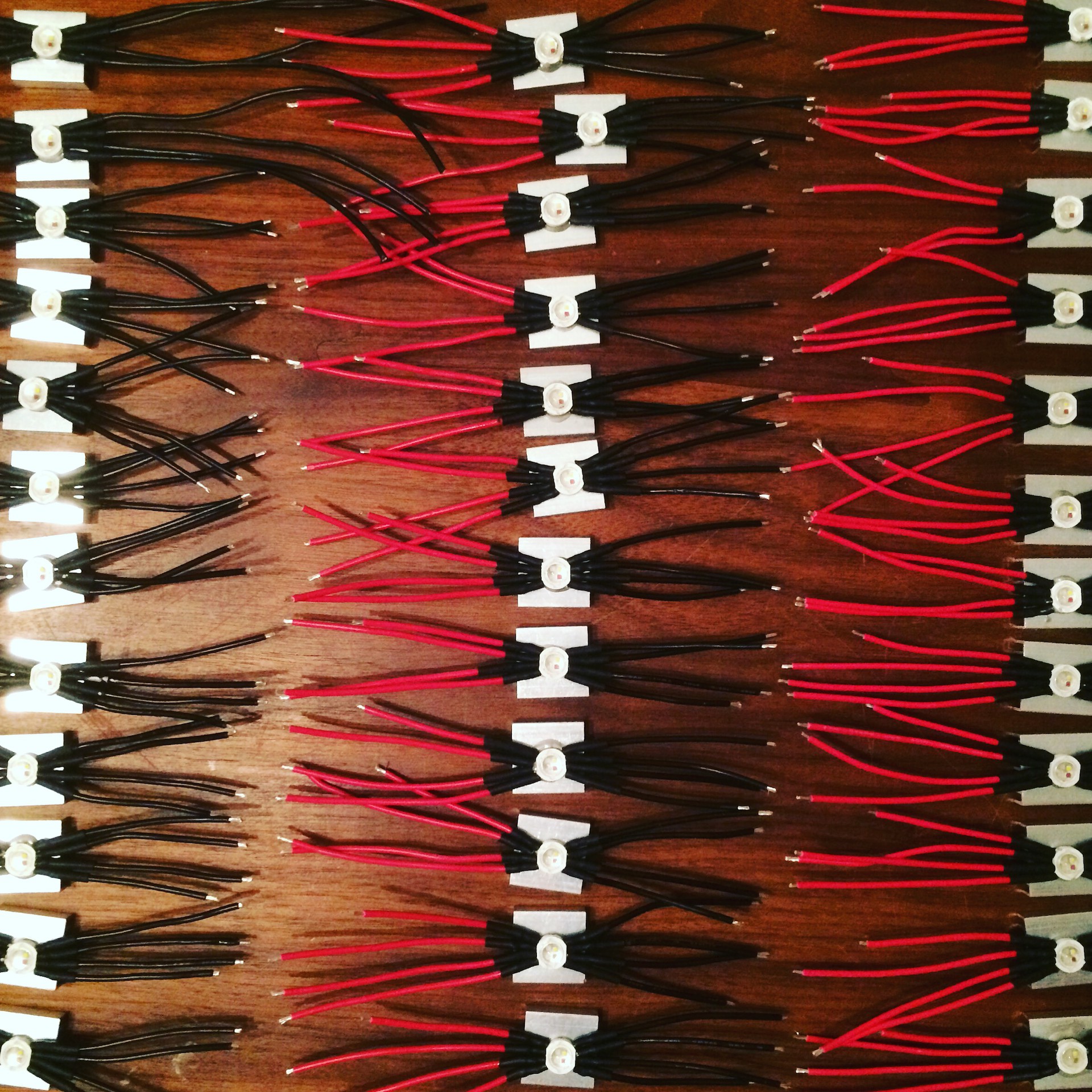
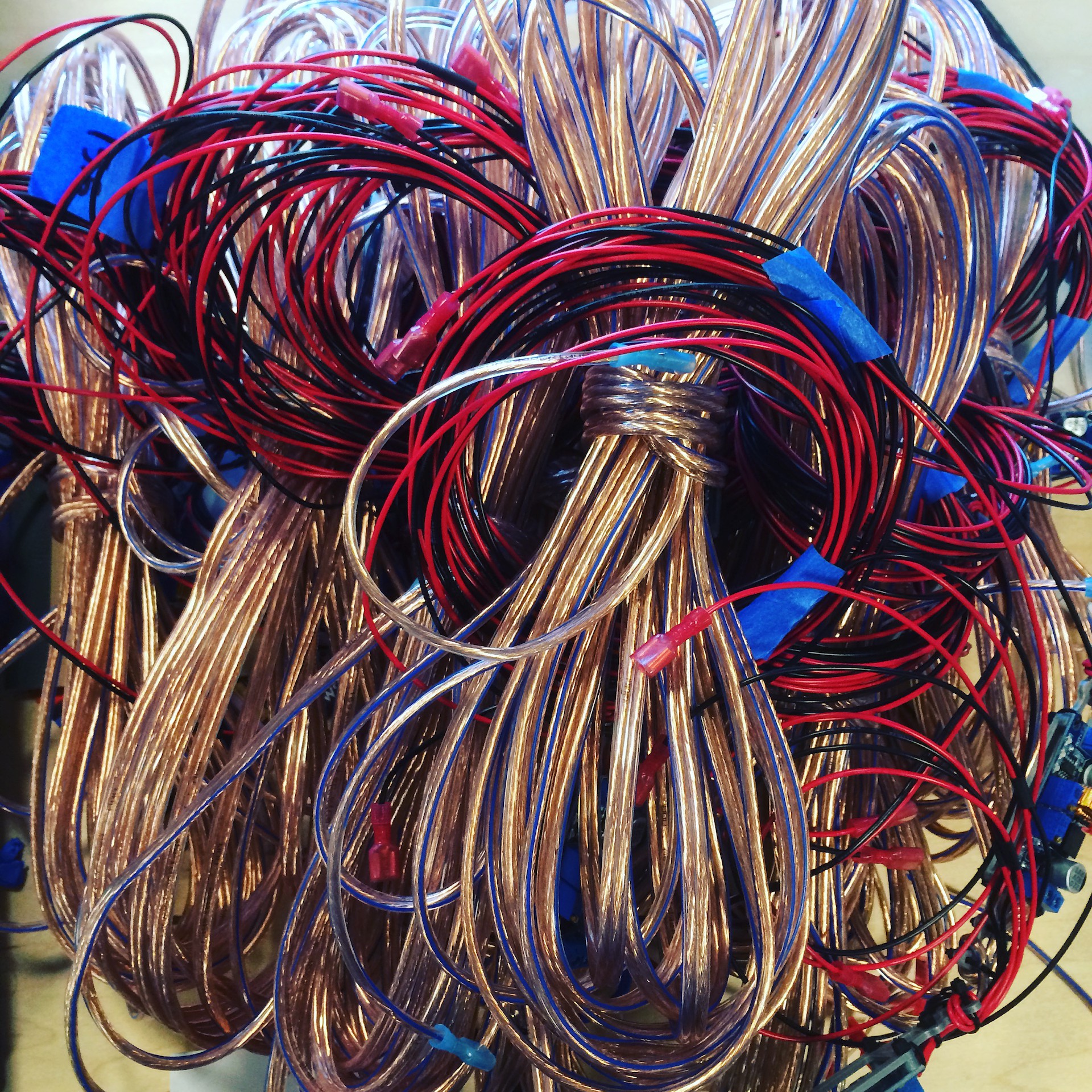
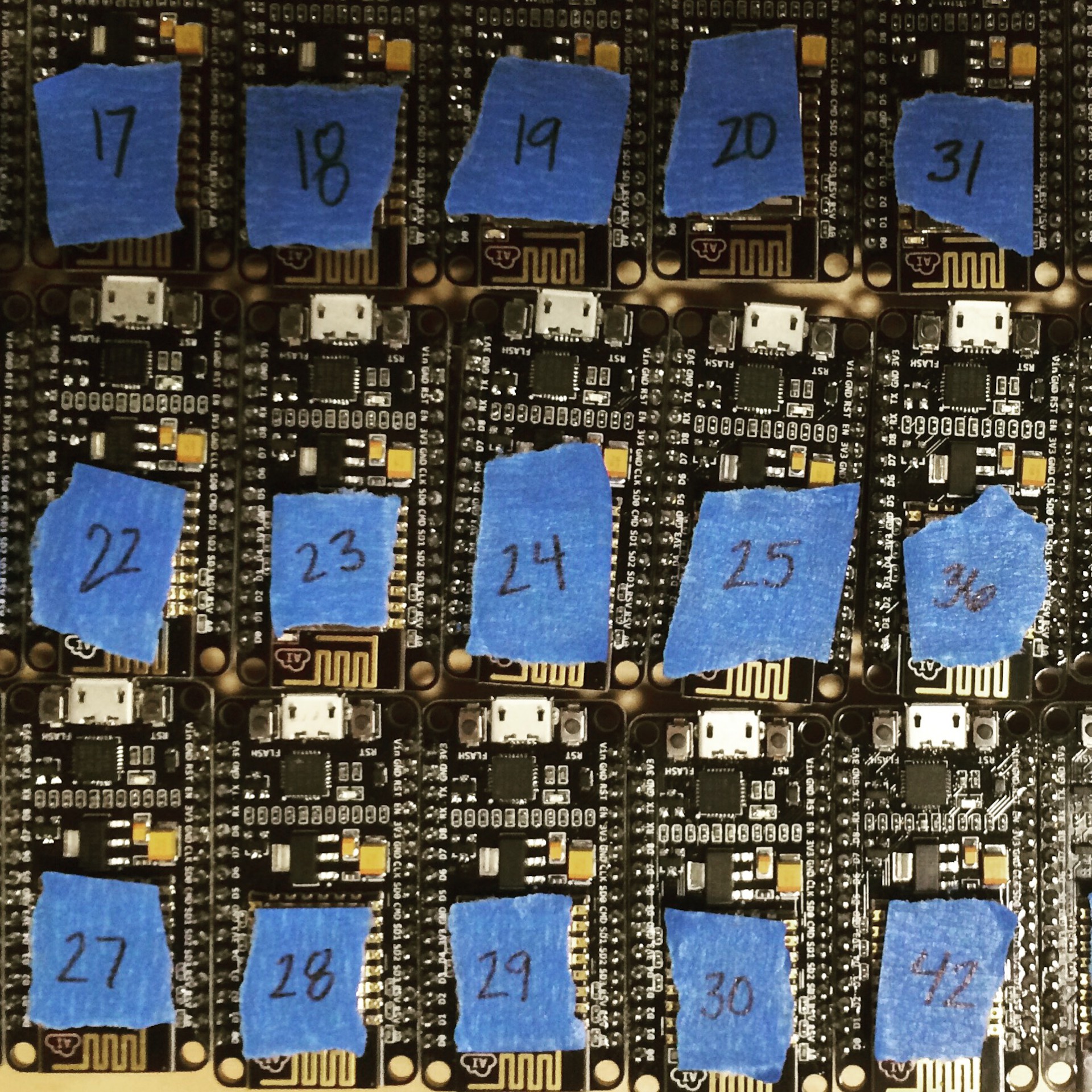
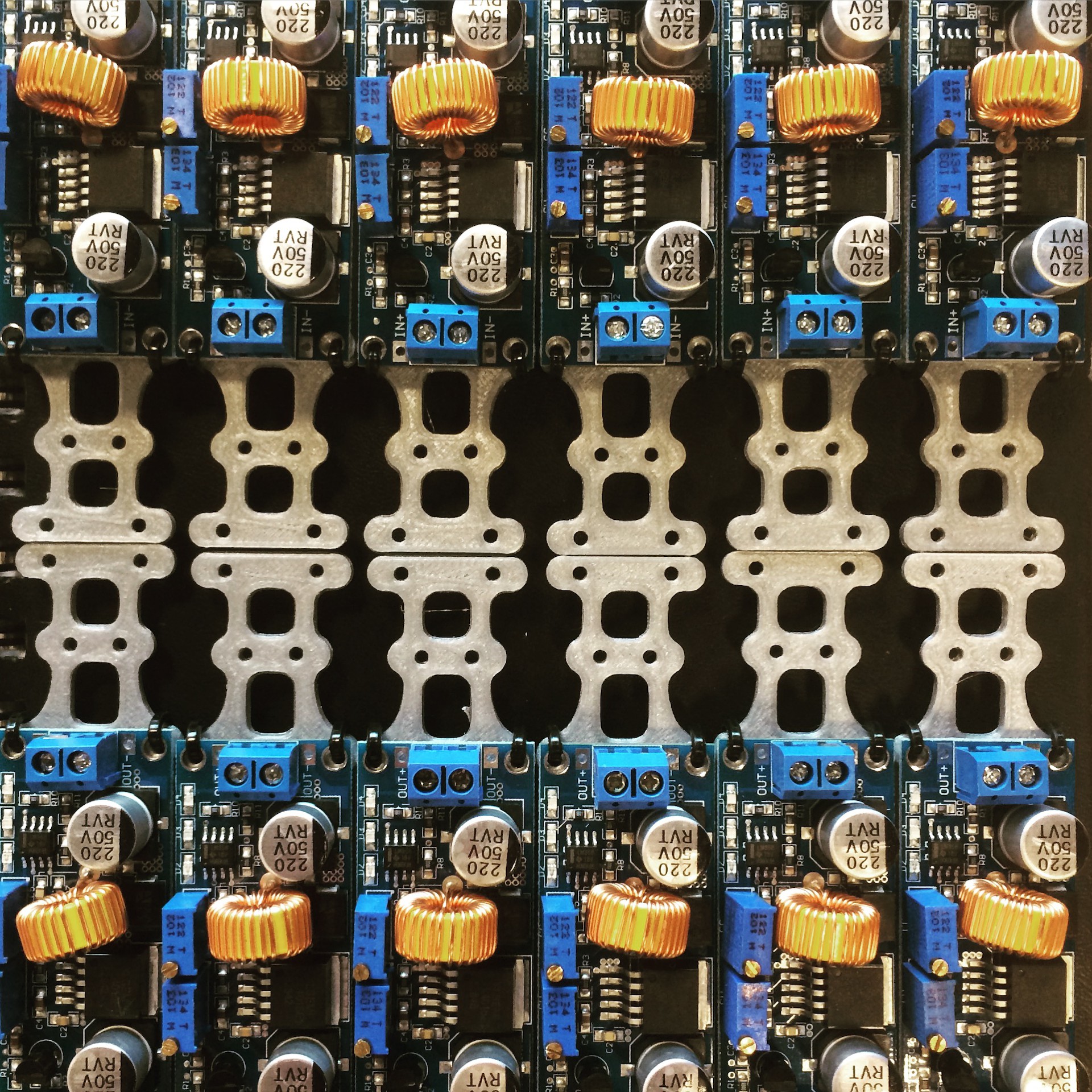
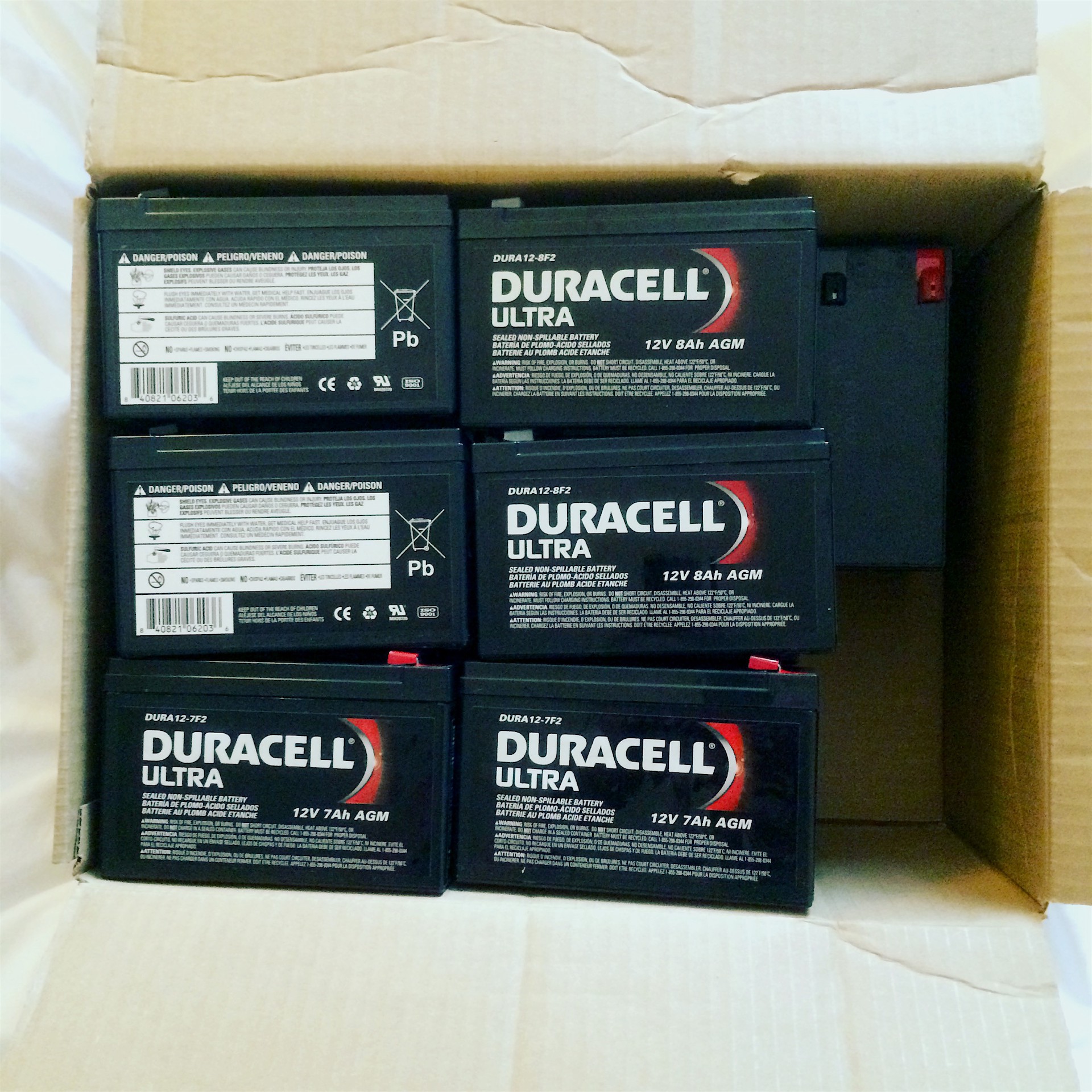
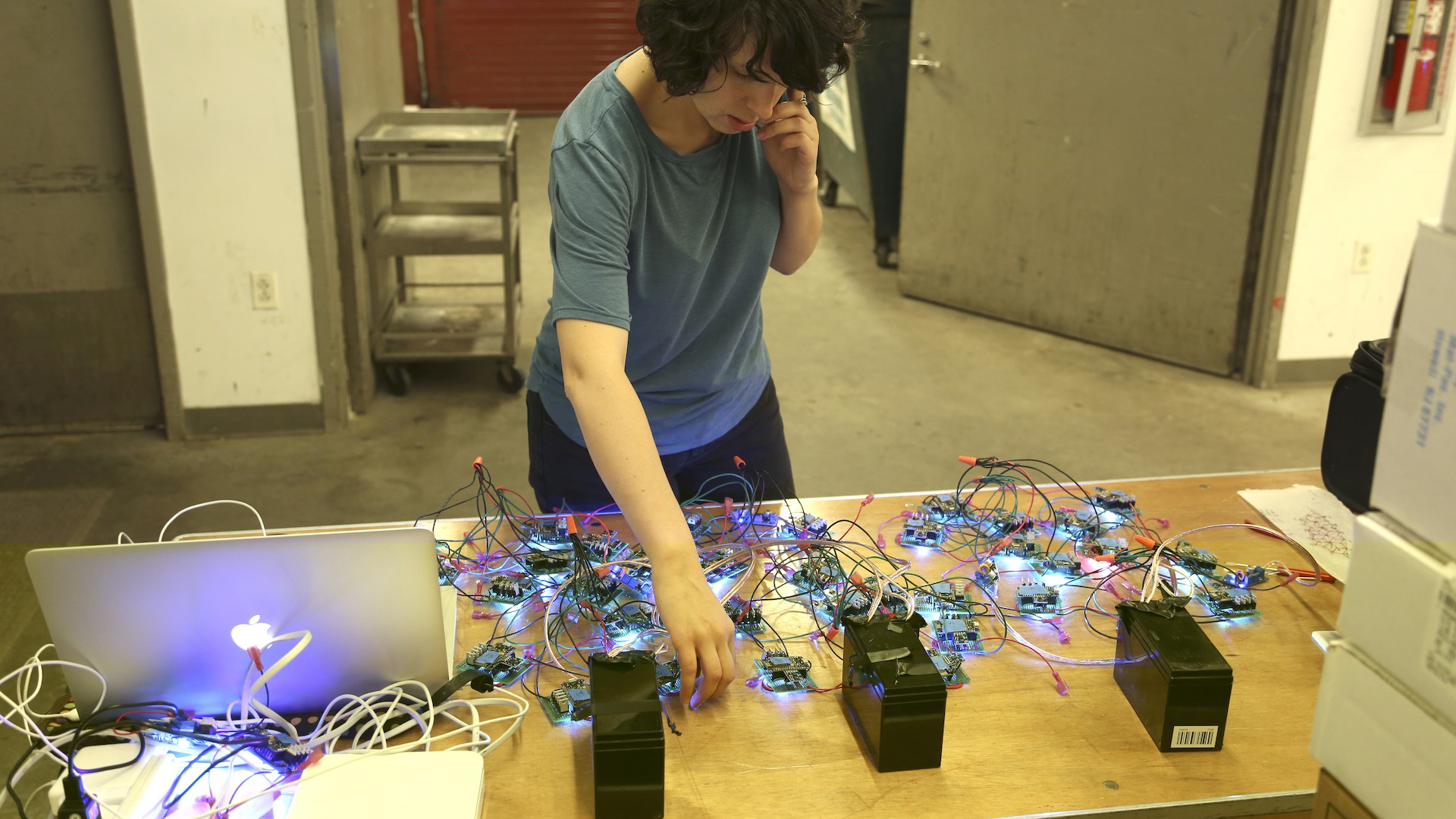
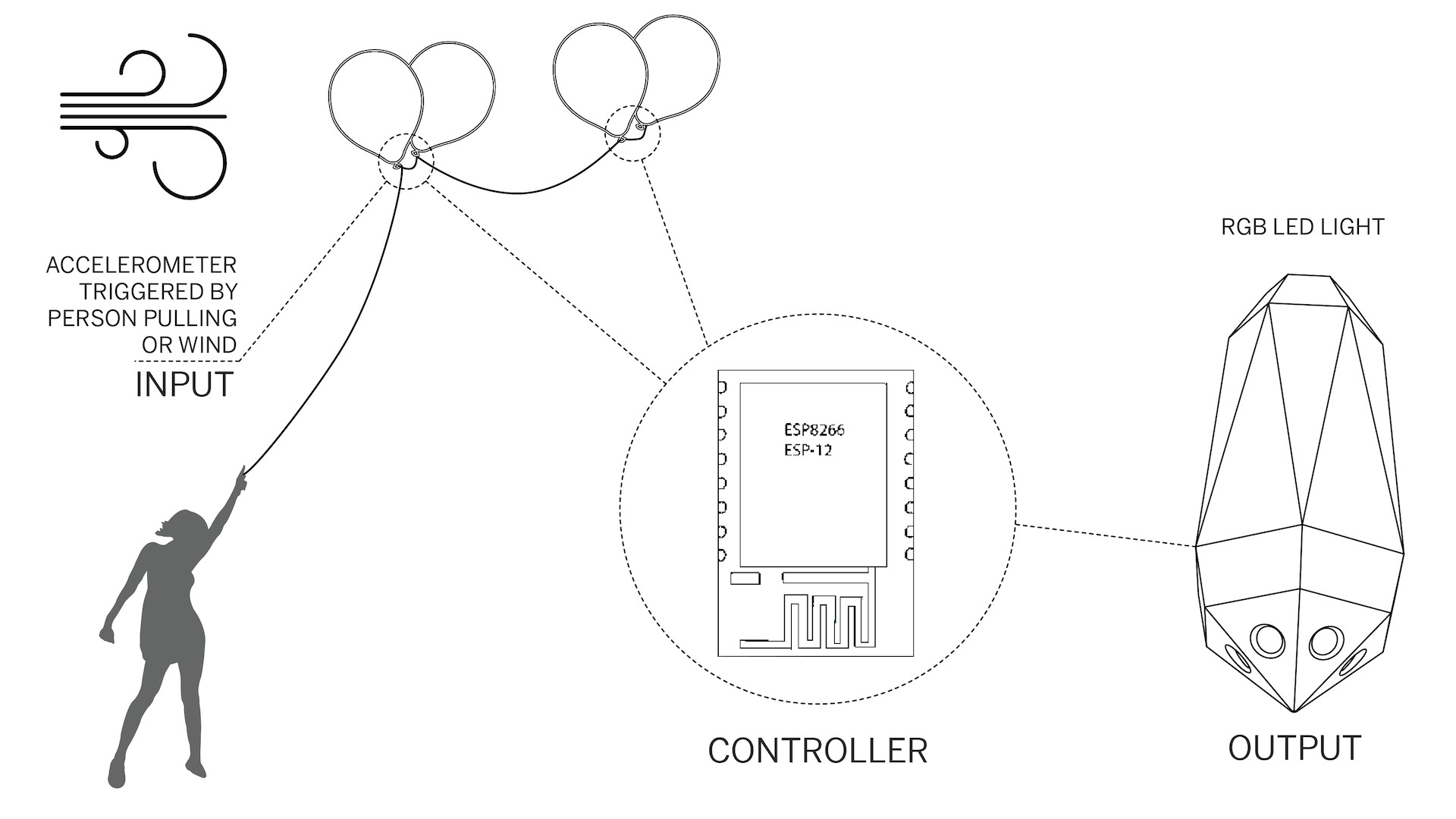
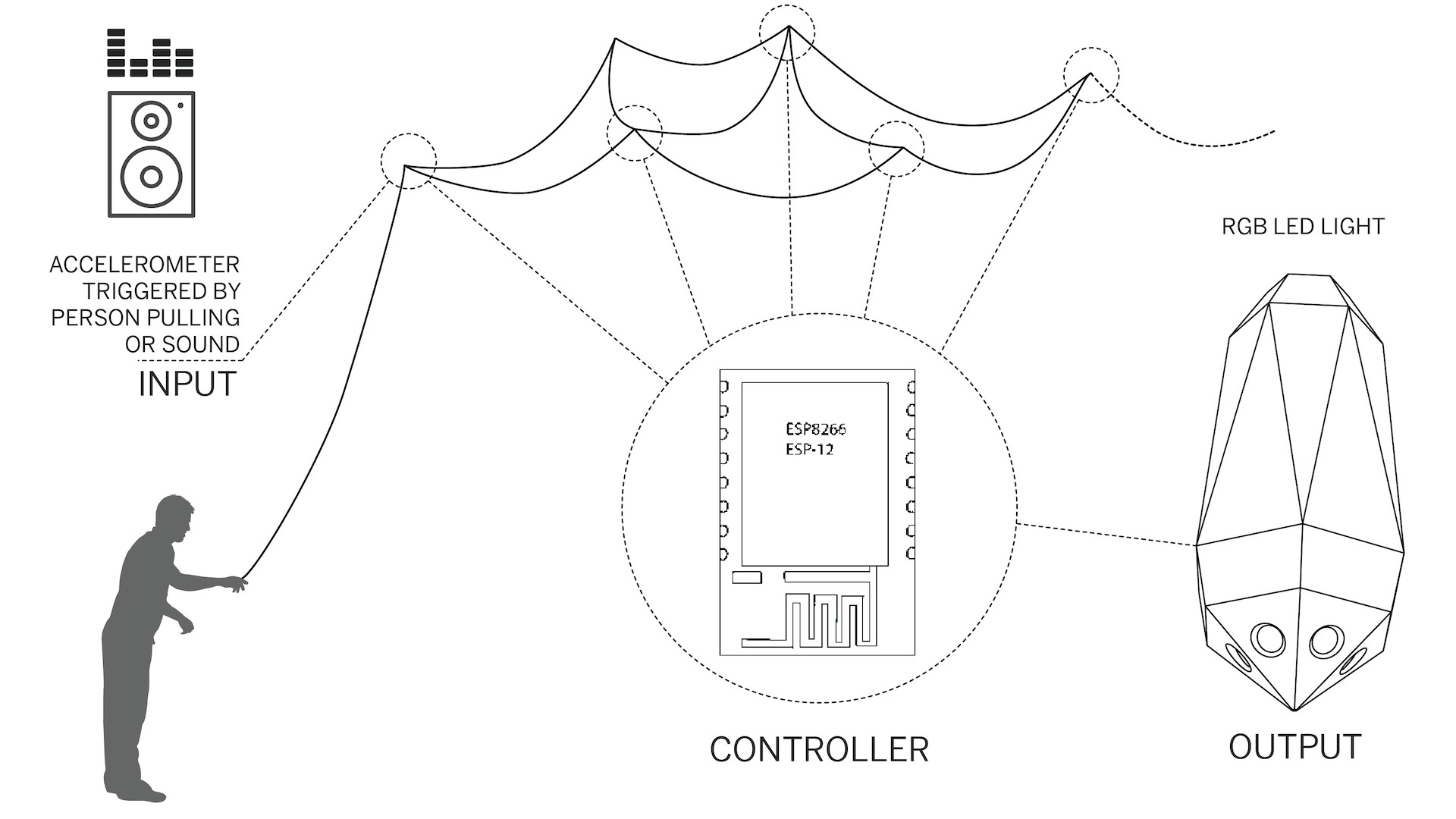
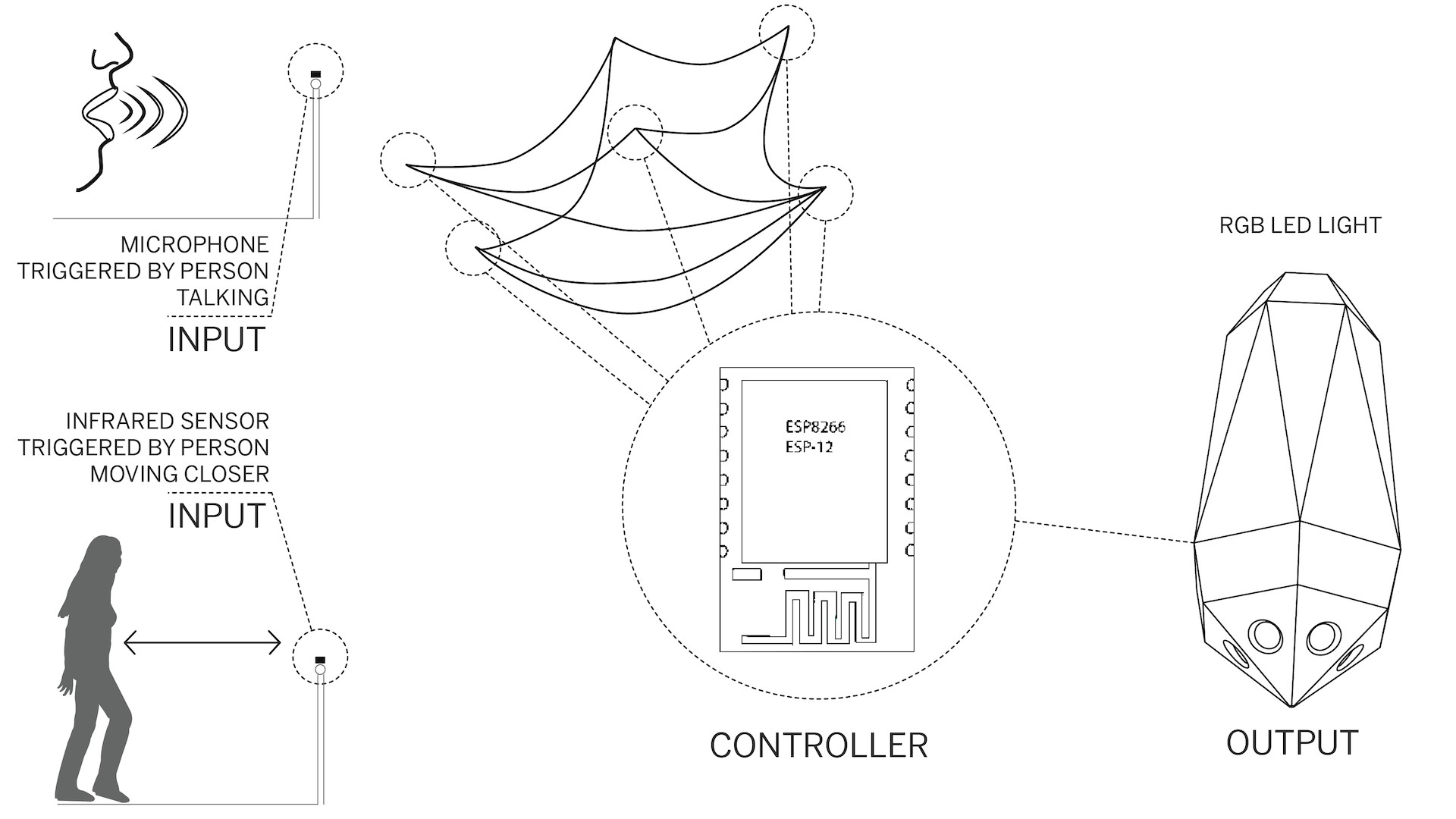
With each installation we investigated different relationships between passive and active inputs in terms of how people engaged with the system and how far we could push the discovery process. Additional testing focused on developing a more self-contained node, combining autonomous power at each light unit and more robust enclosure in order to have greater flexibility in how the system is distributed in a space.
Other tests centered on exploring the different networking opportunities of the system and how information is collected and redistributed across the sensors and light nodes, ultimately contributing to greater spatial flexibility.
